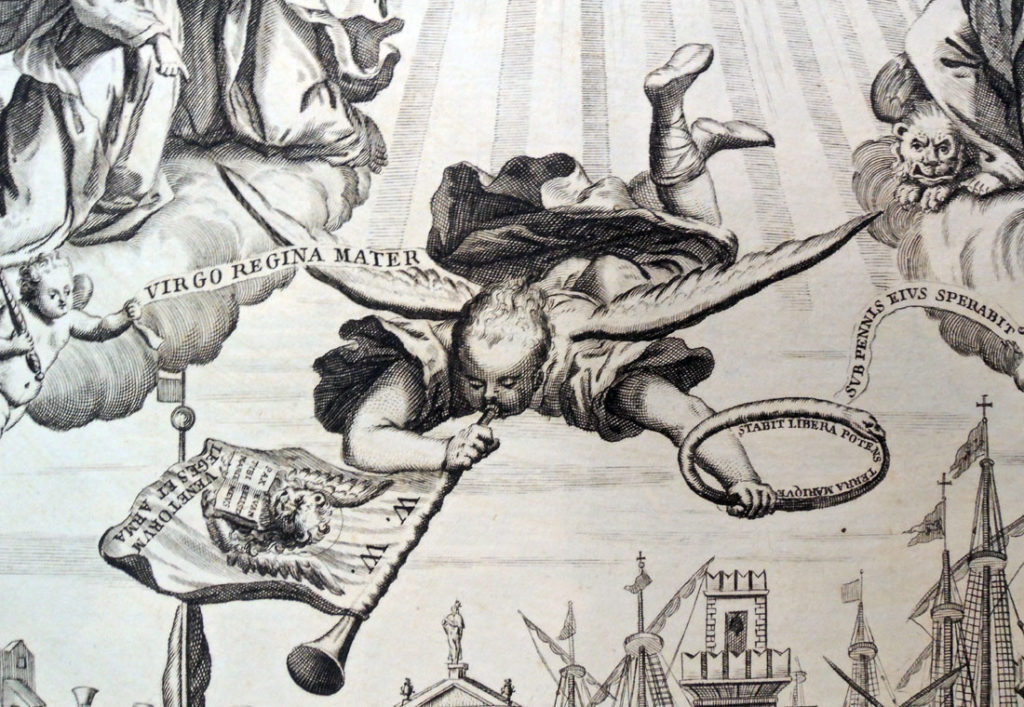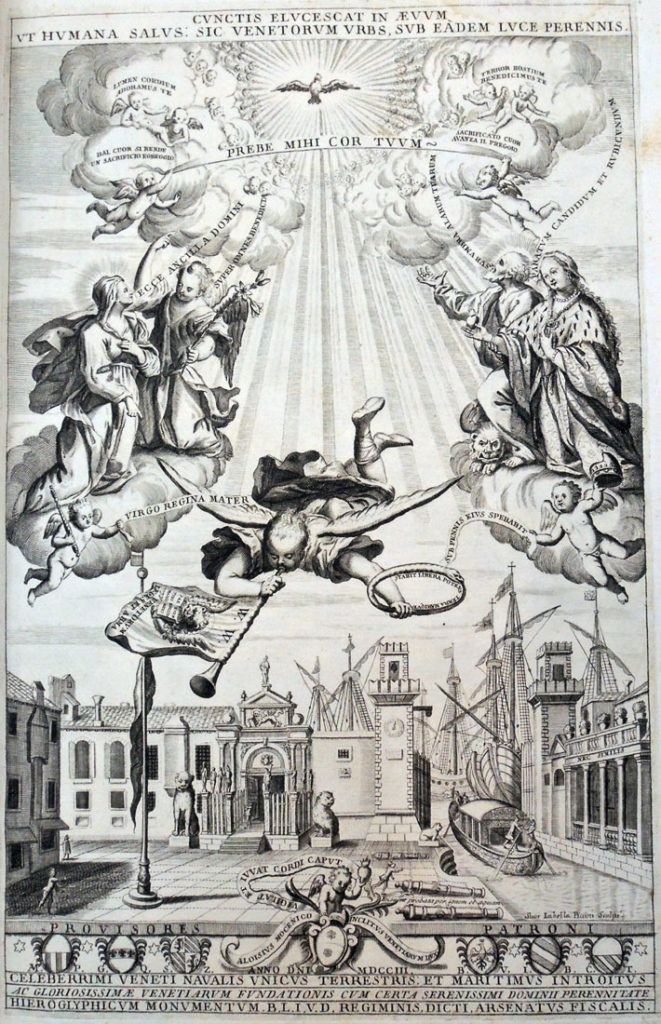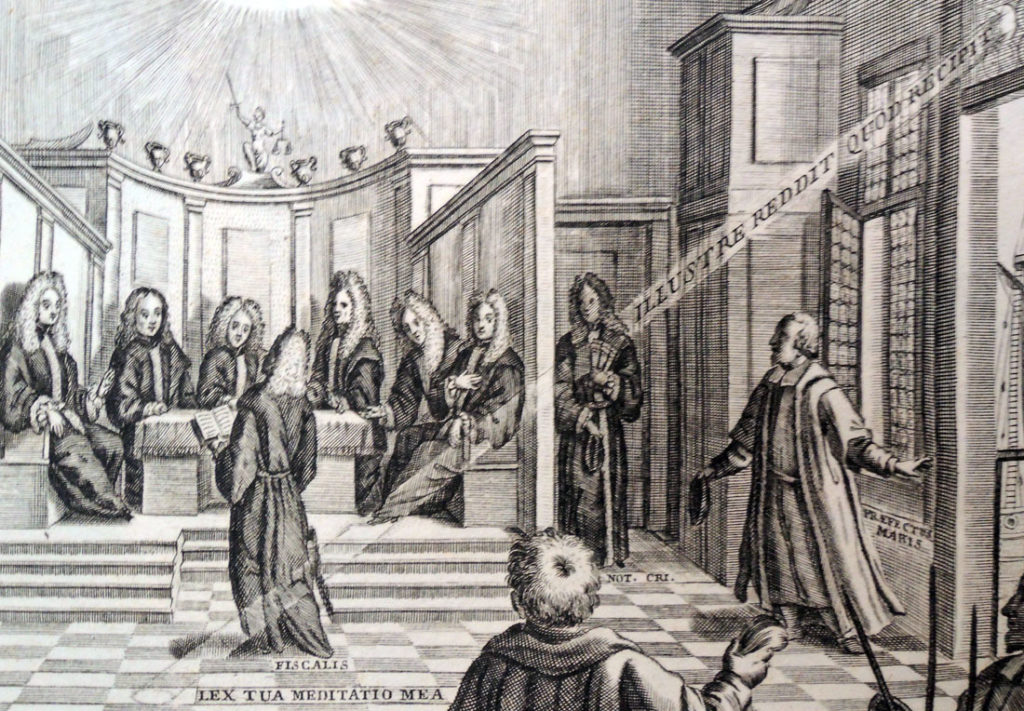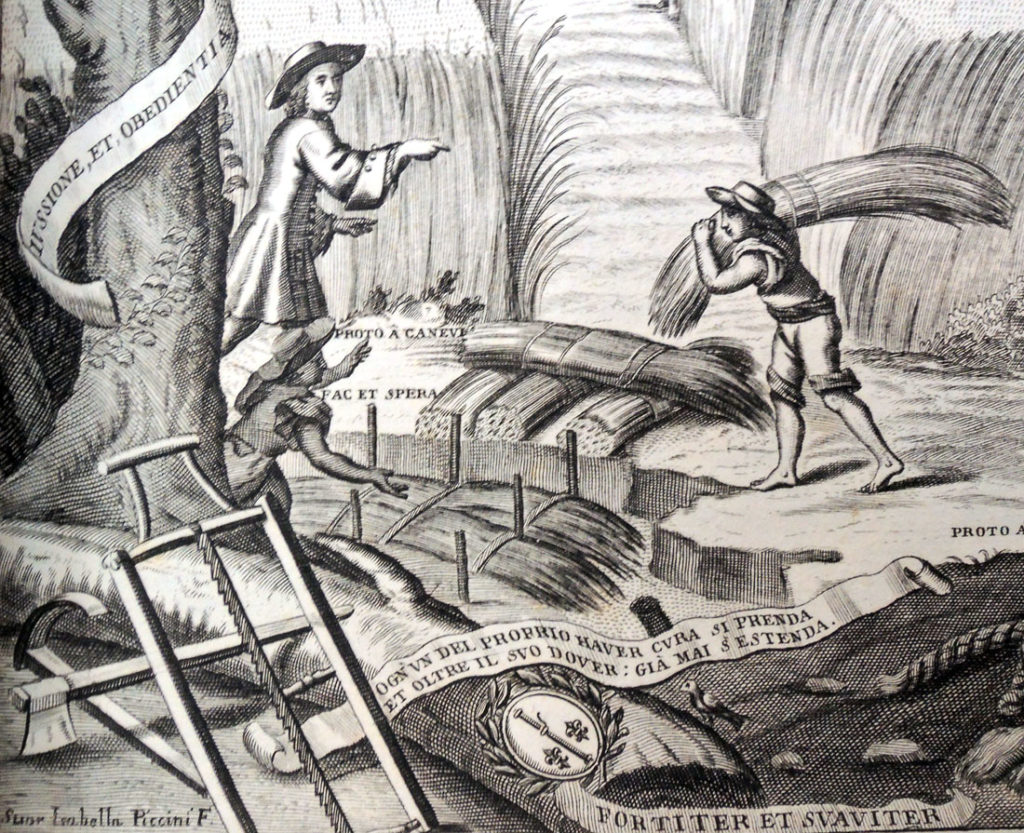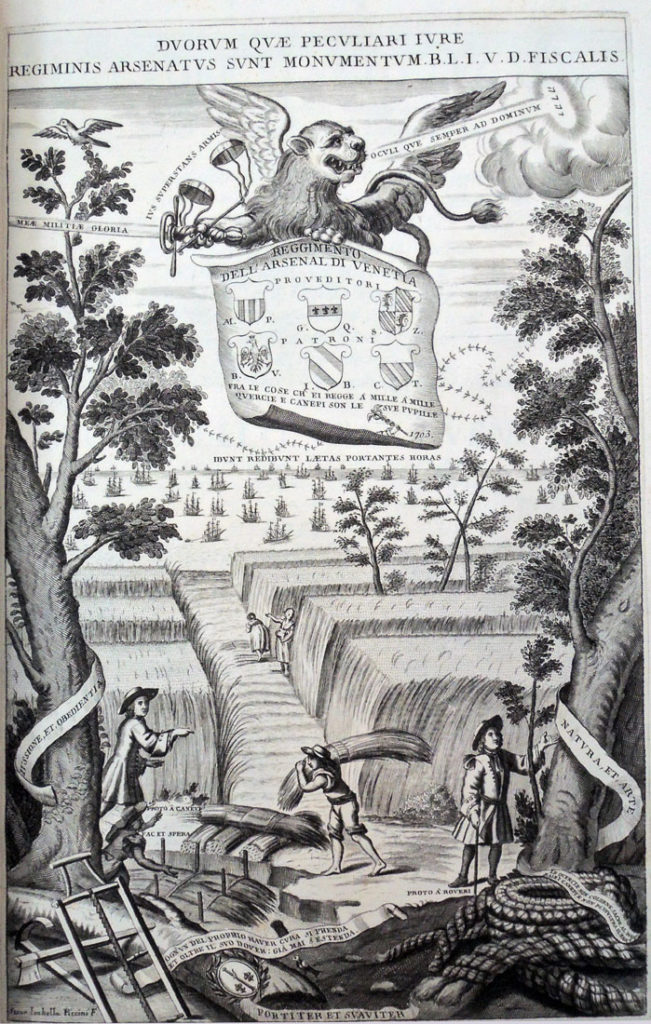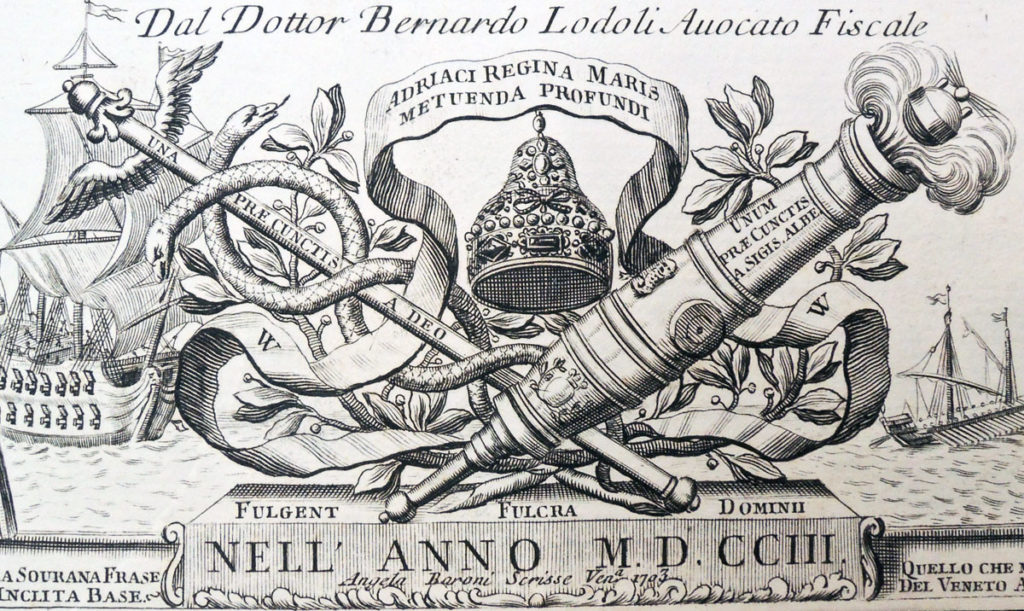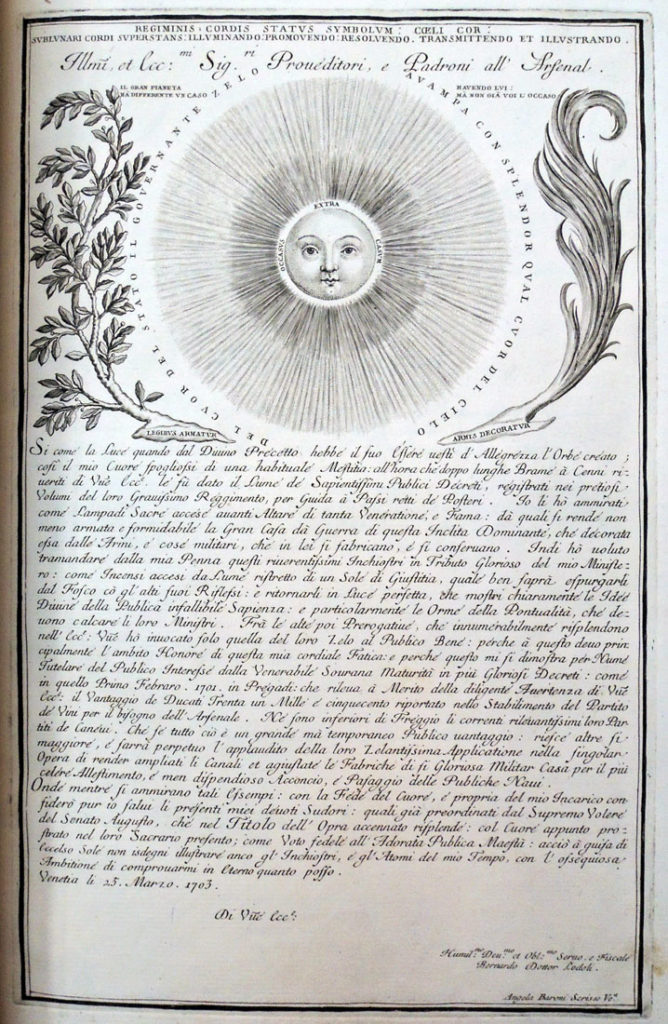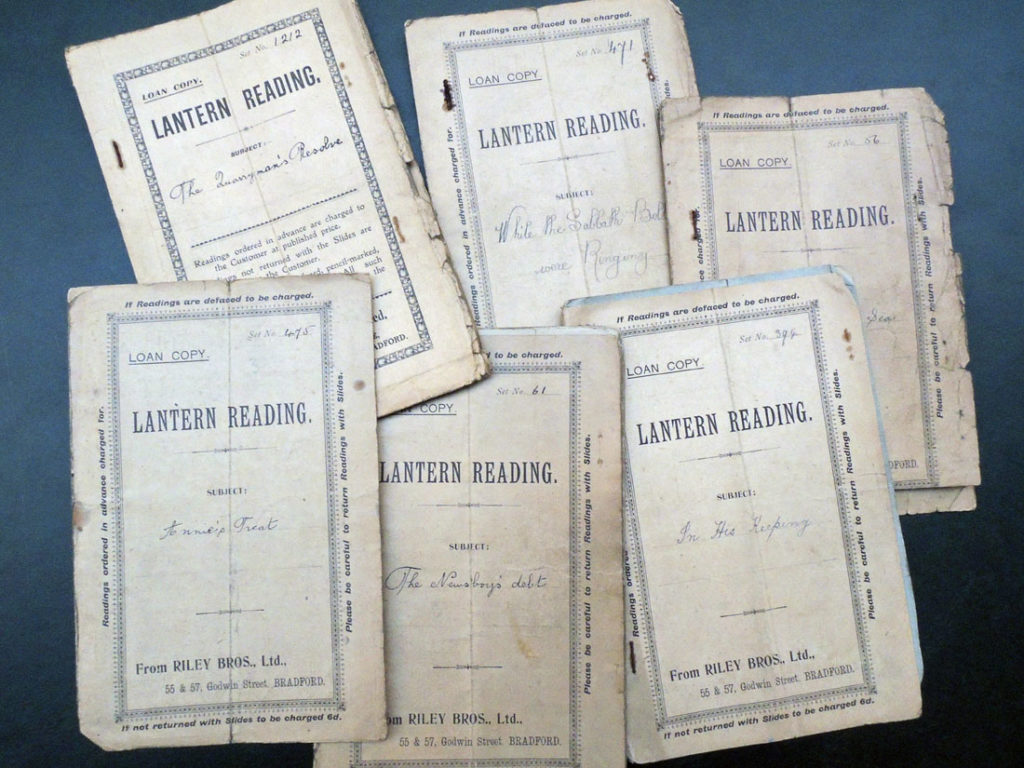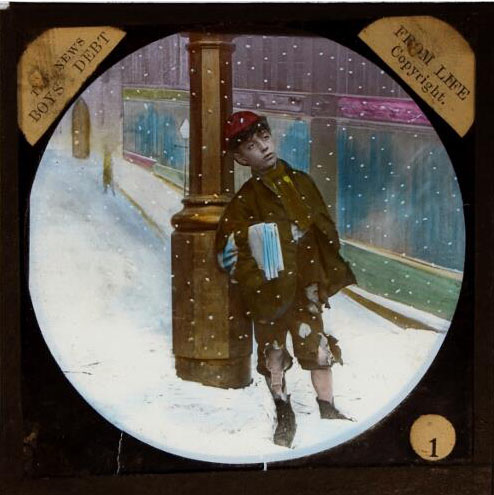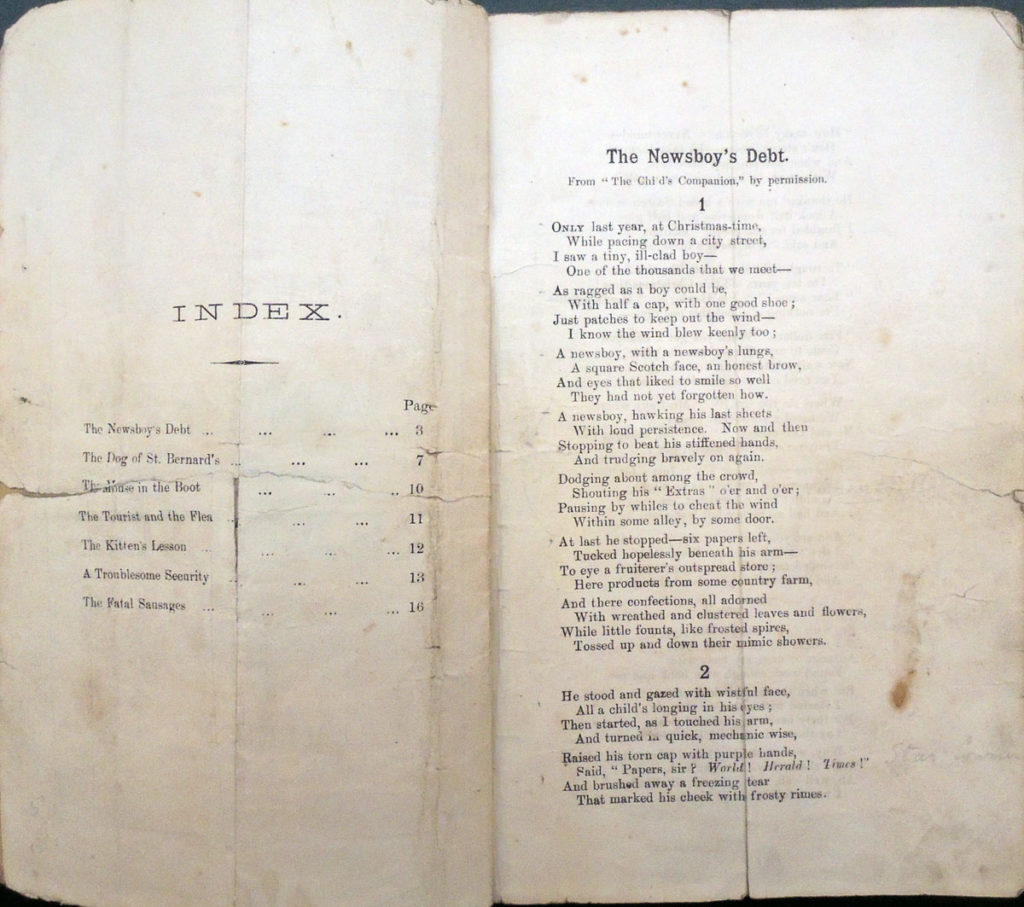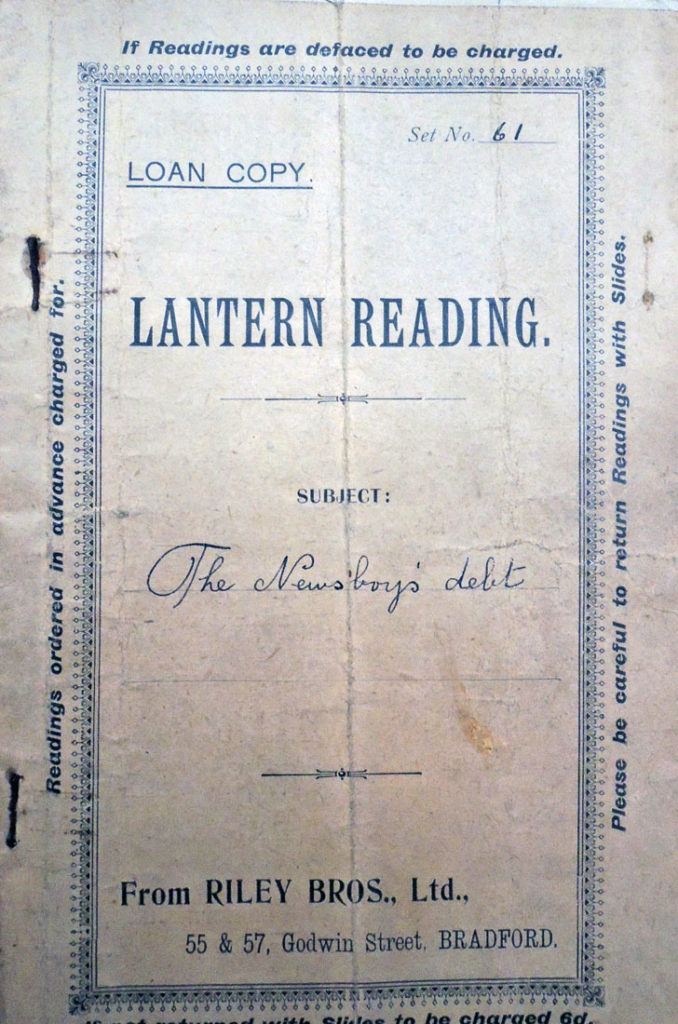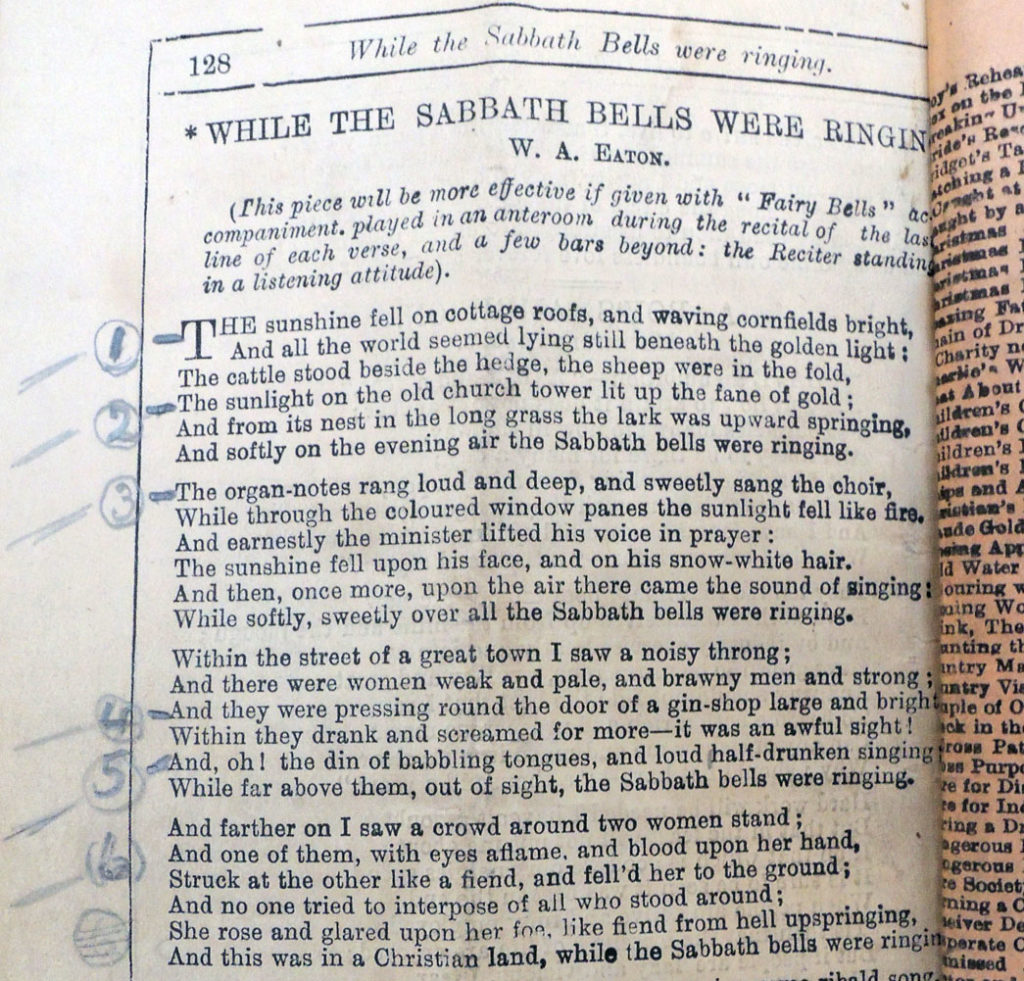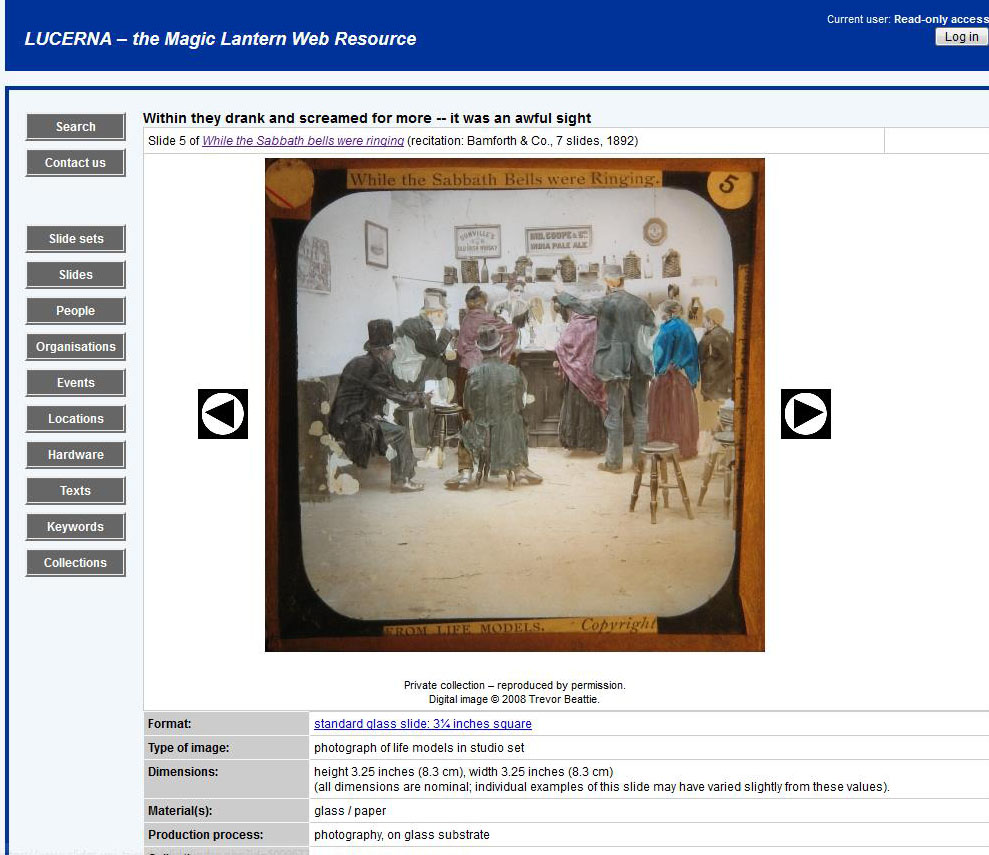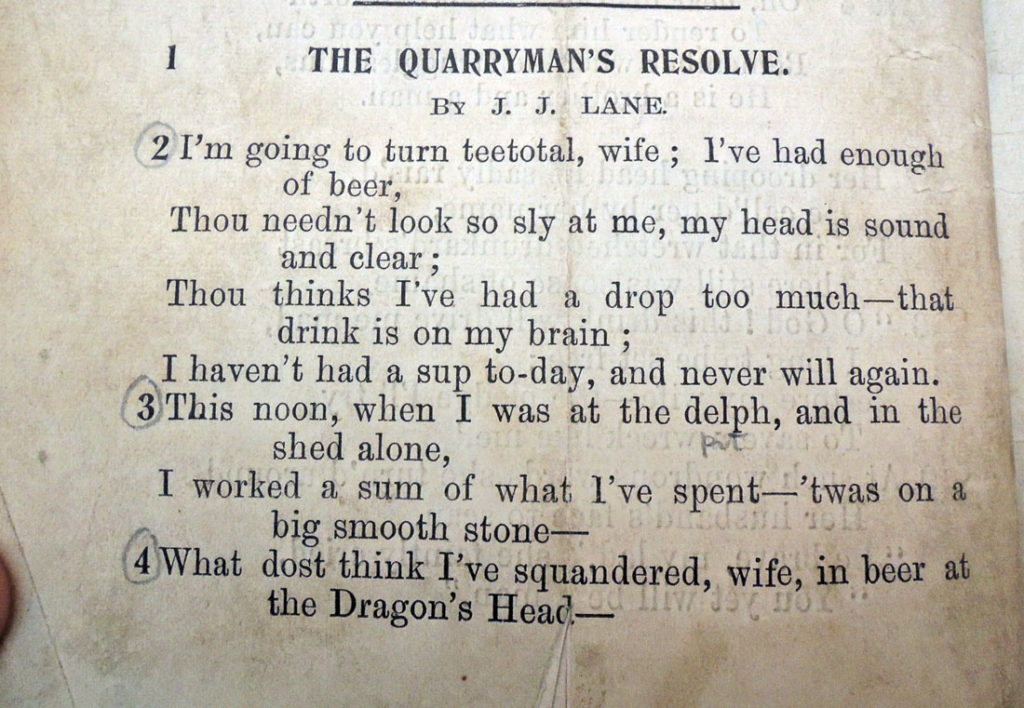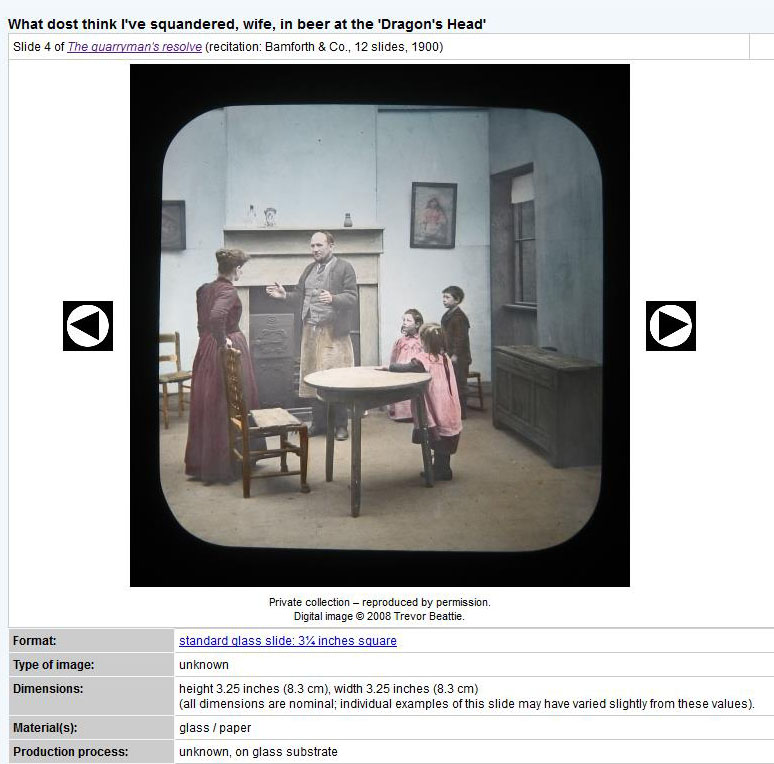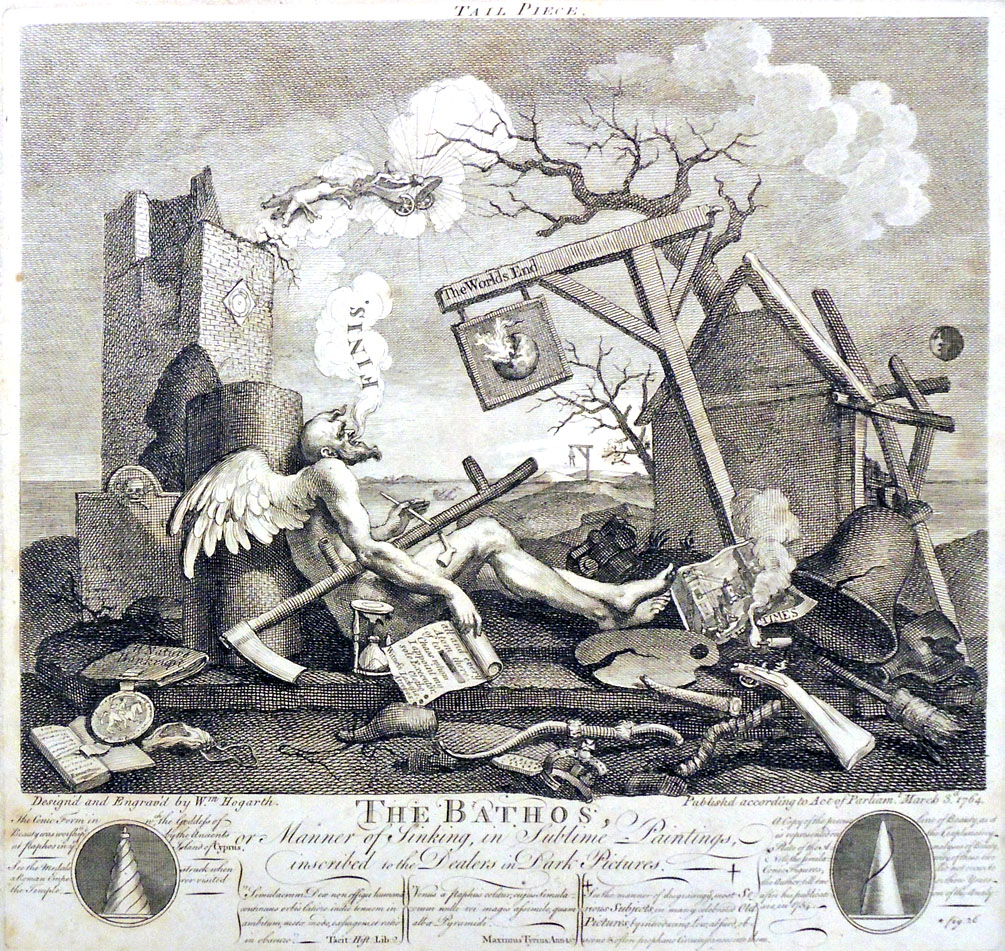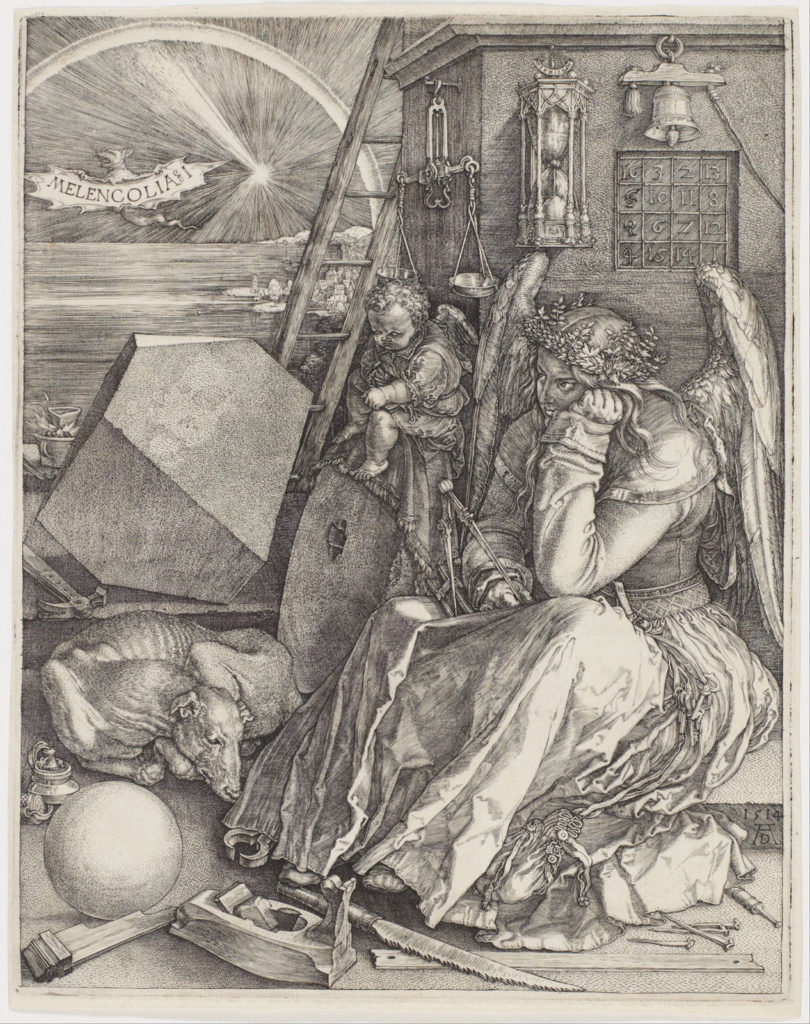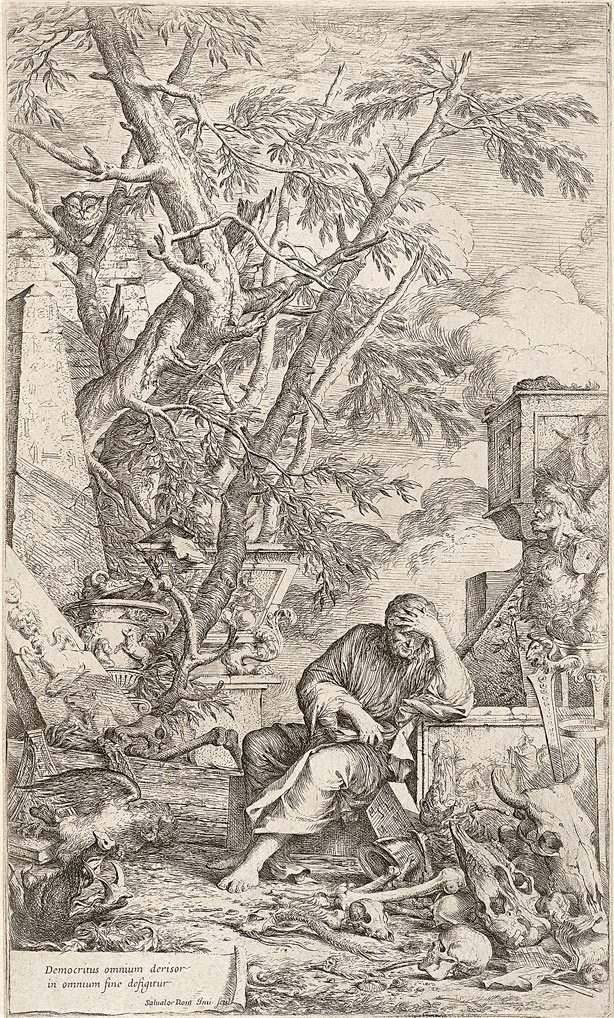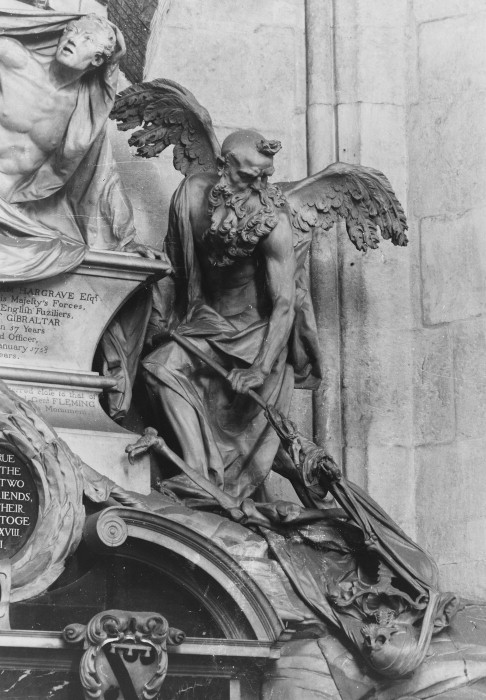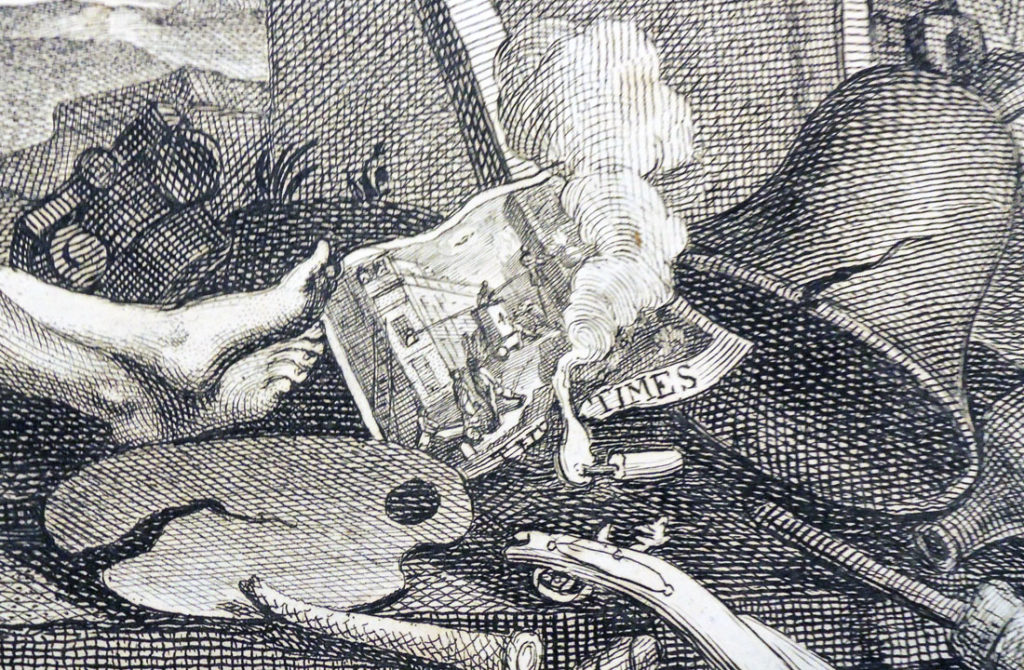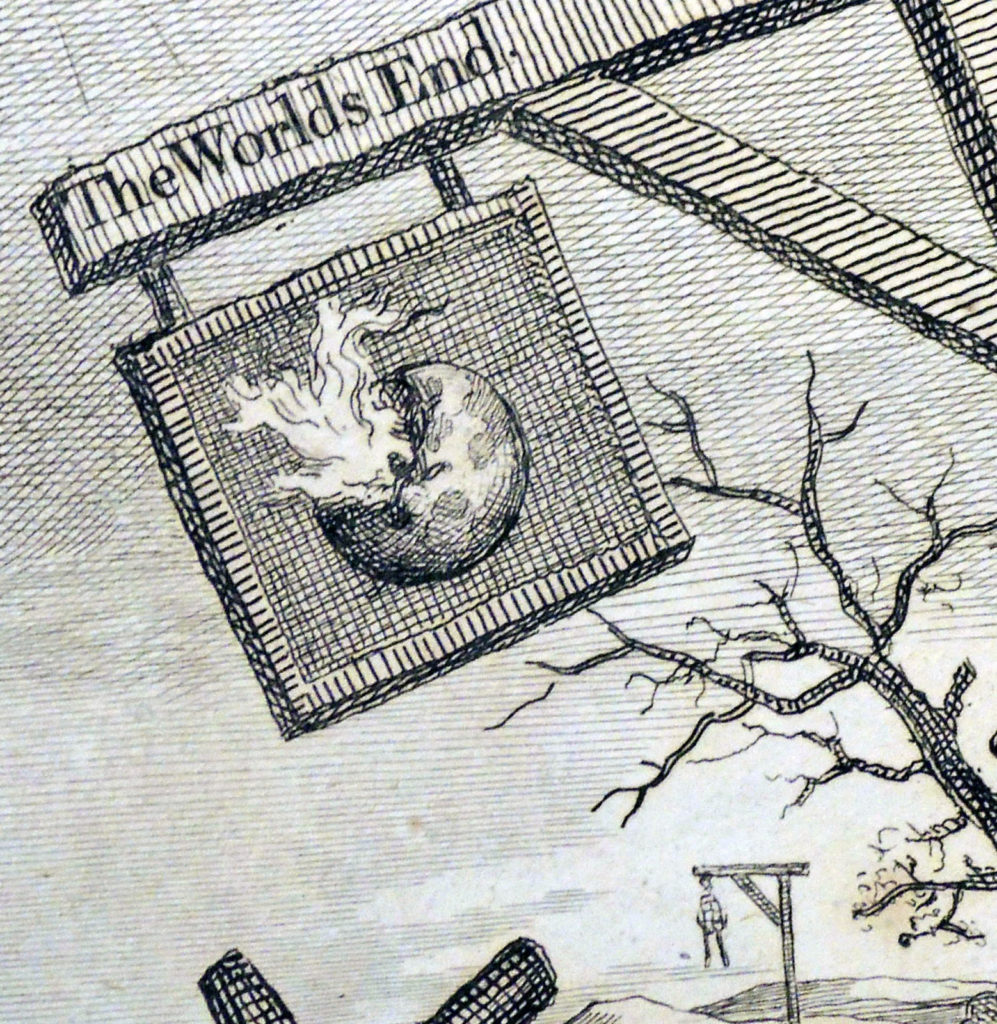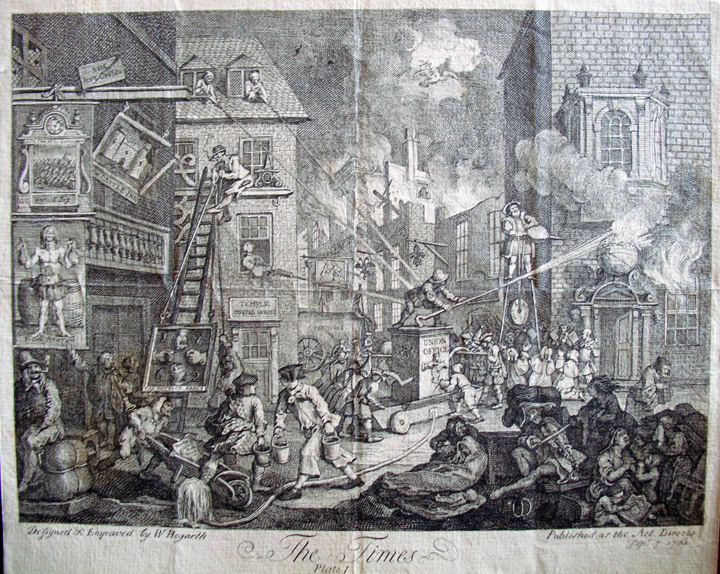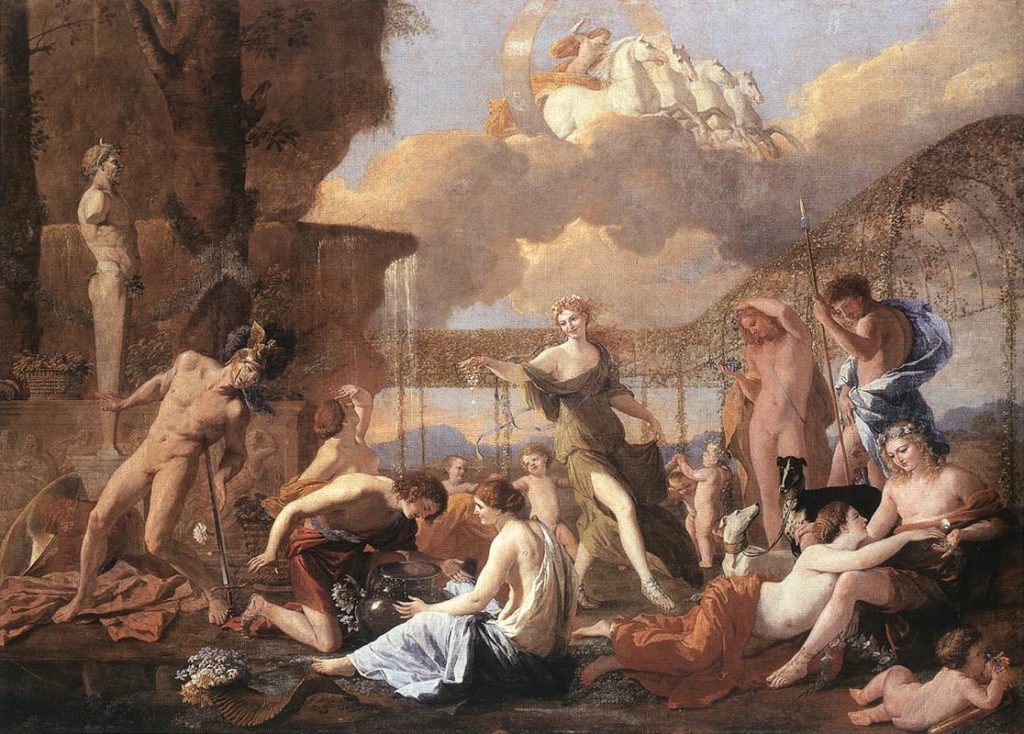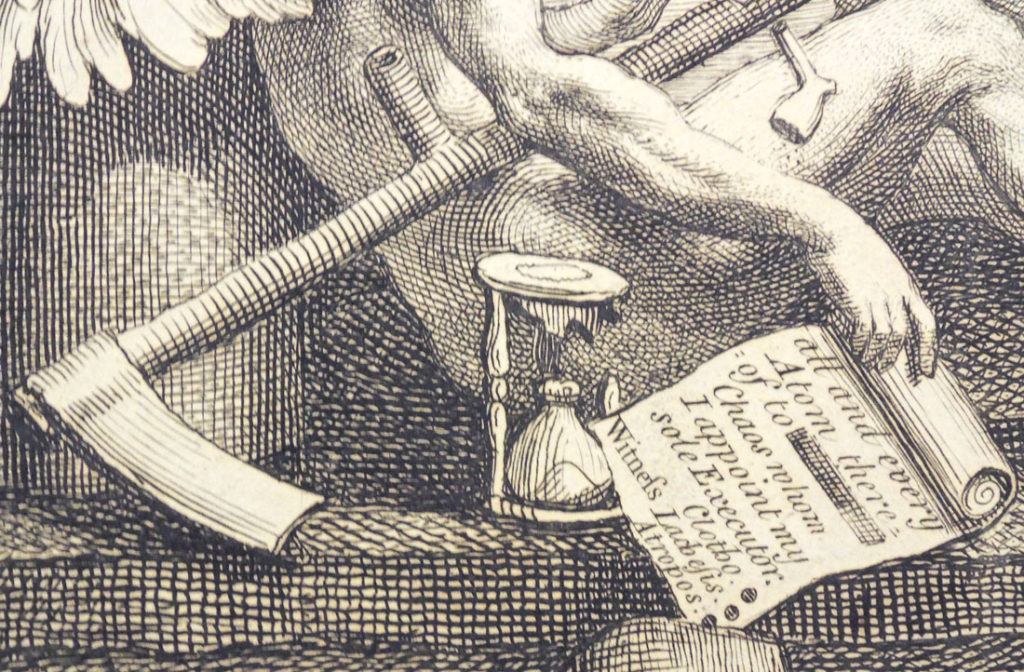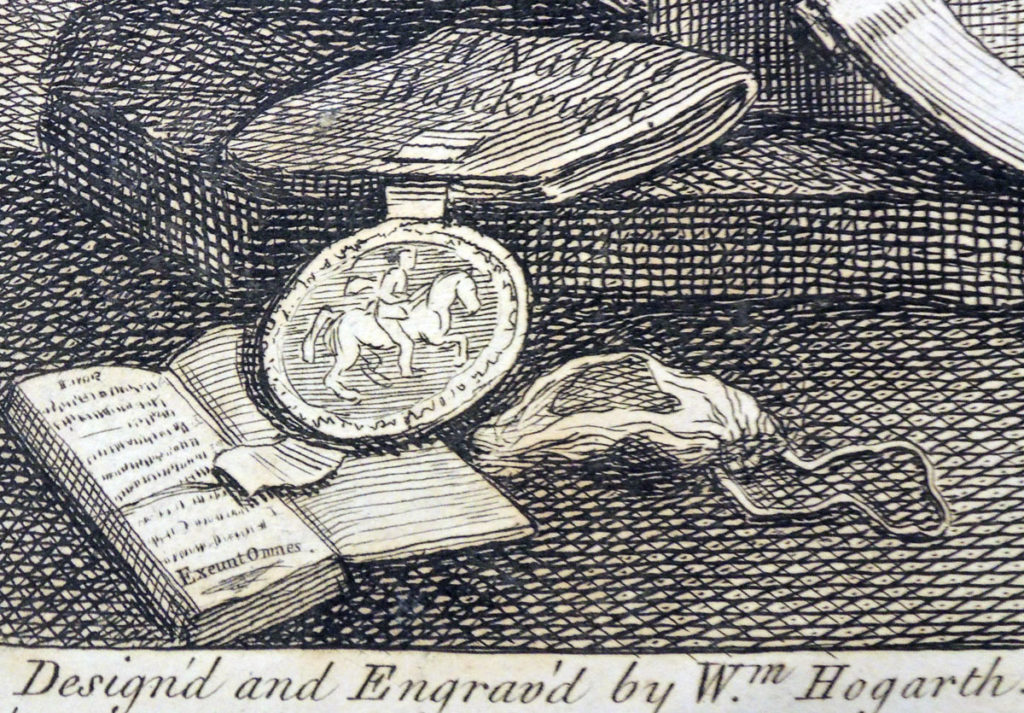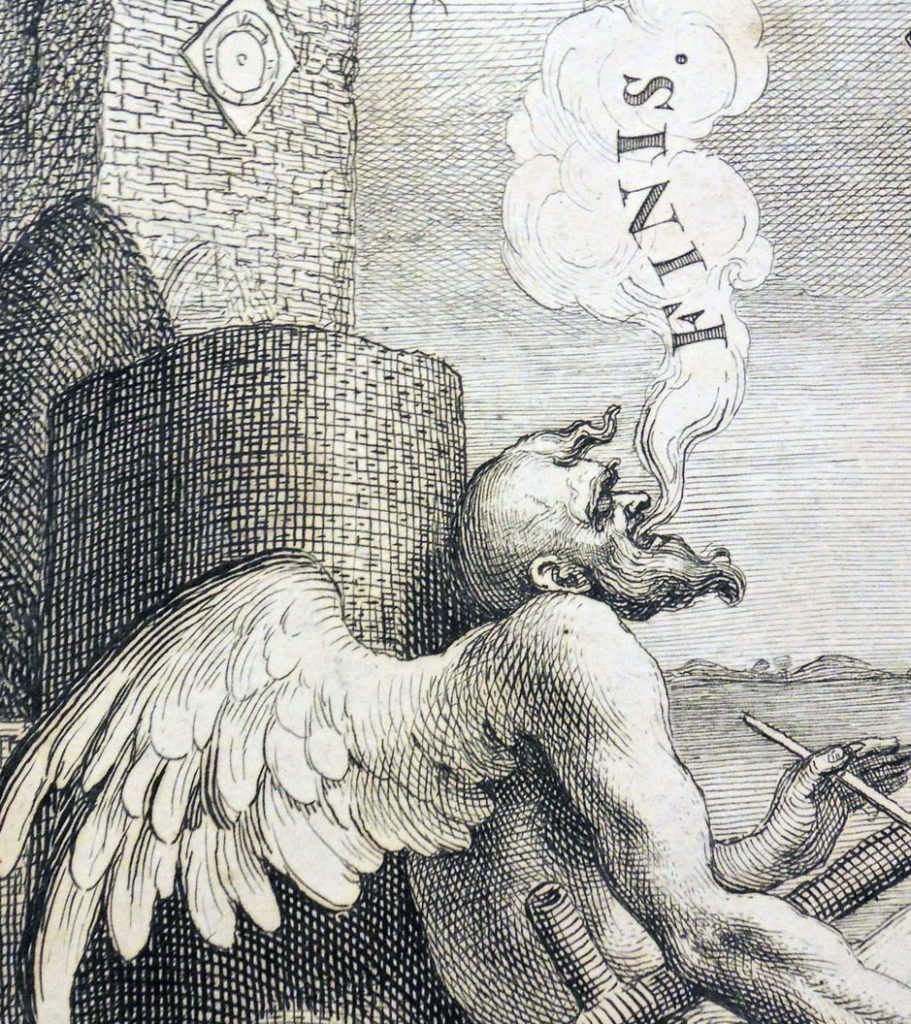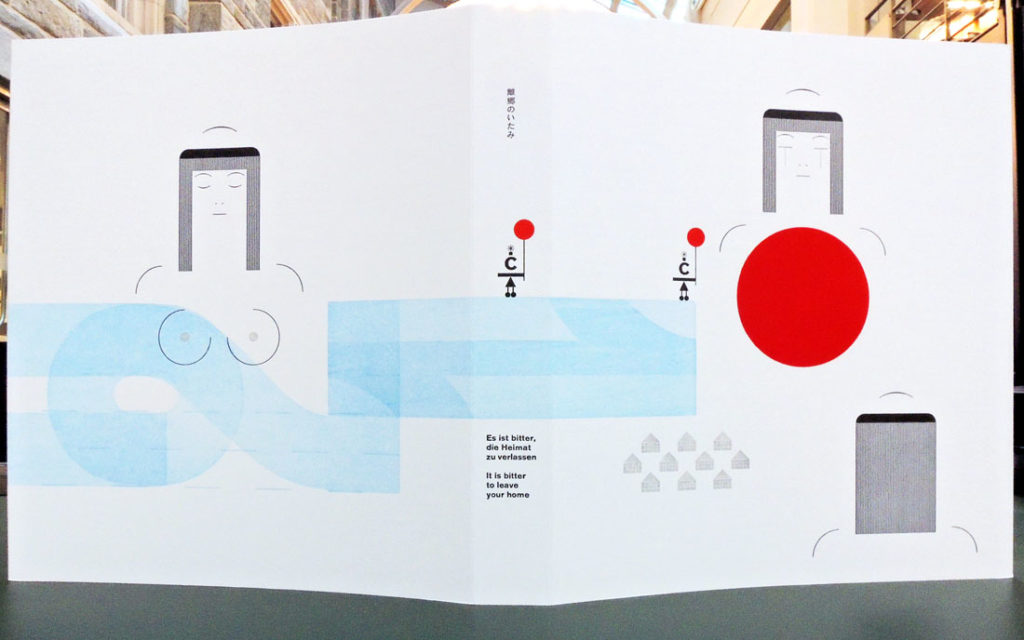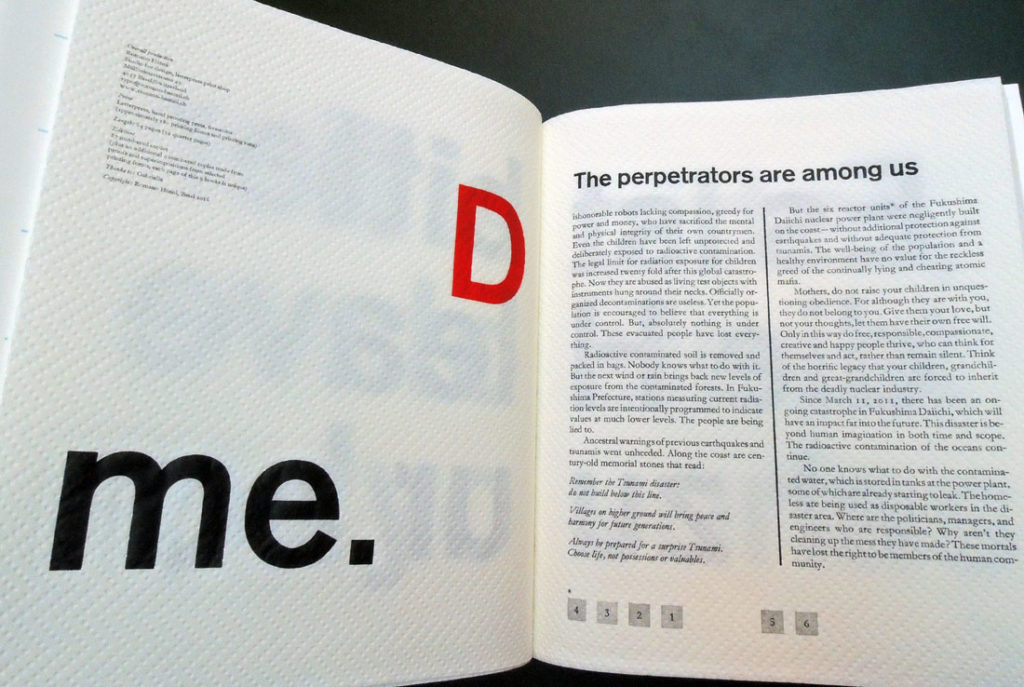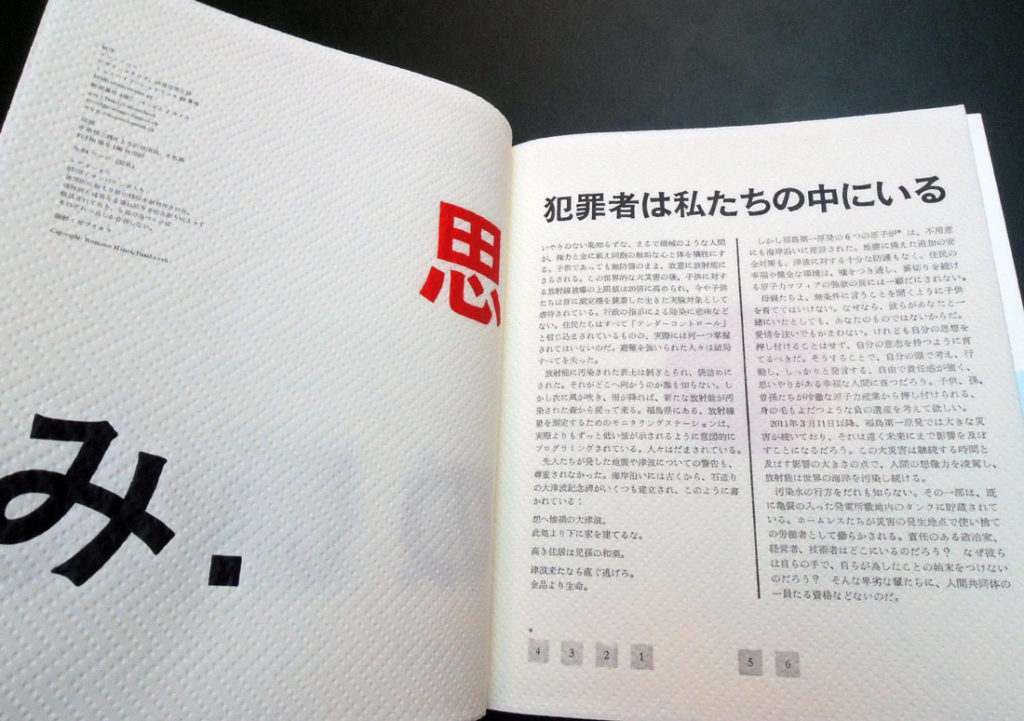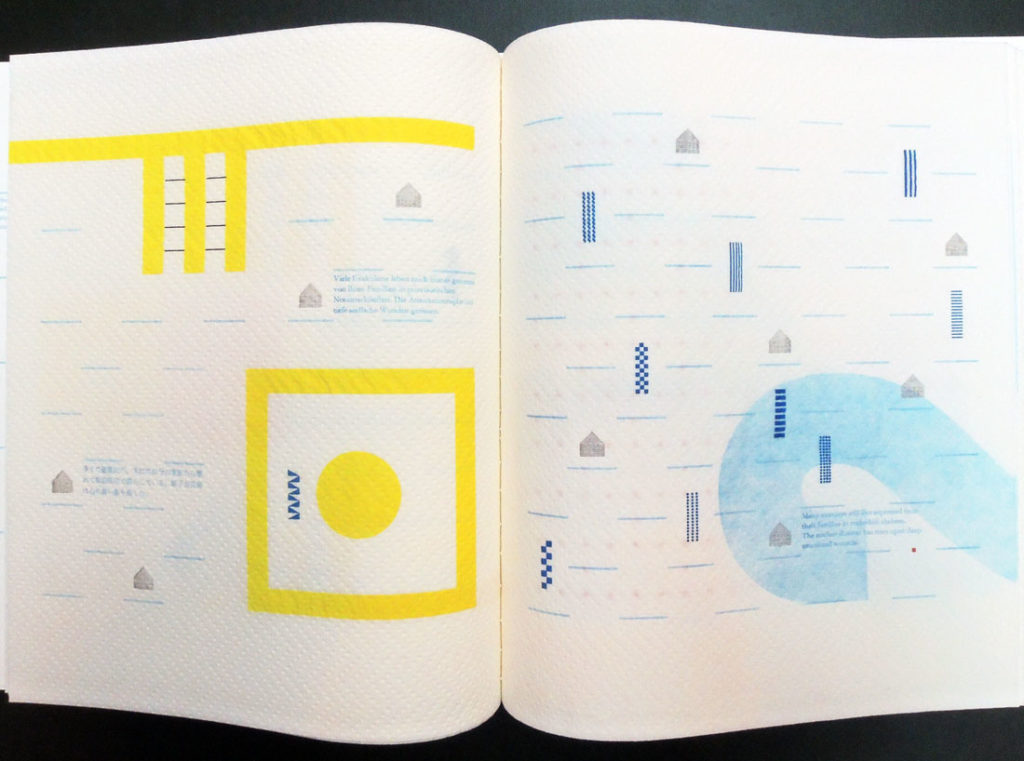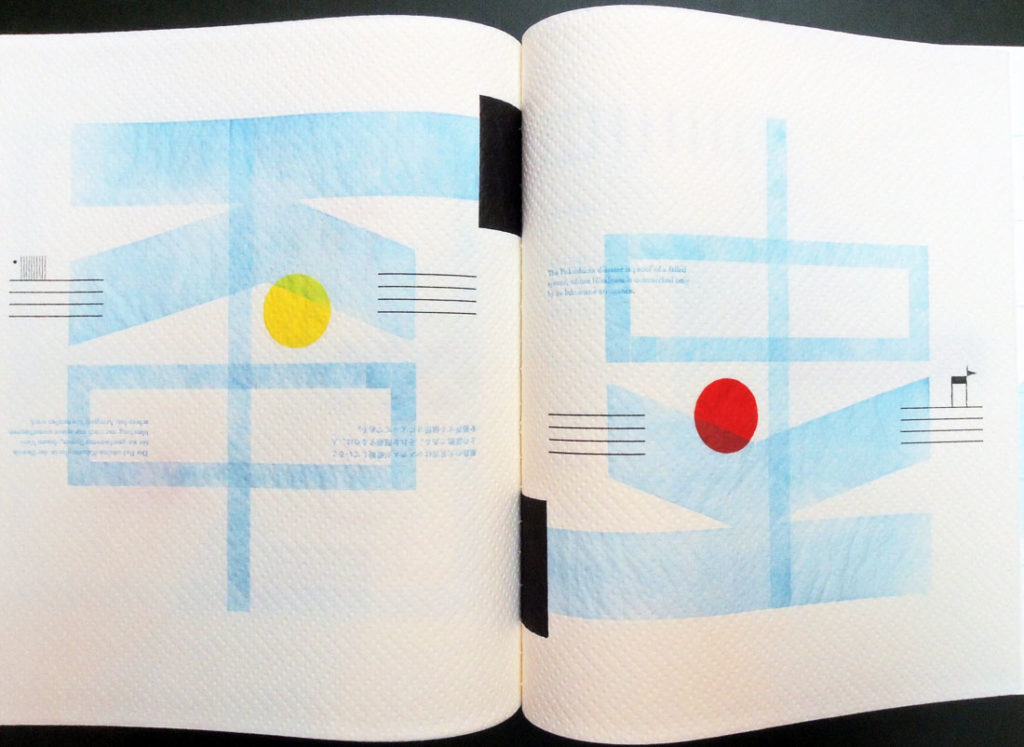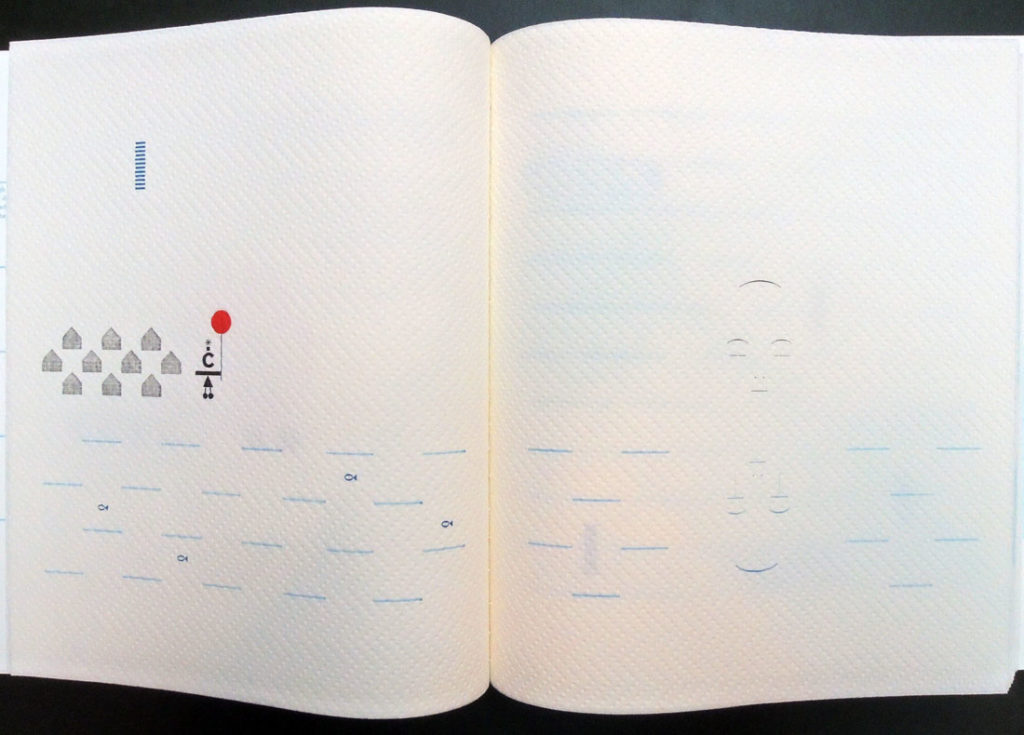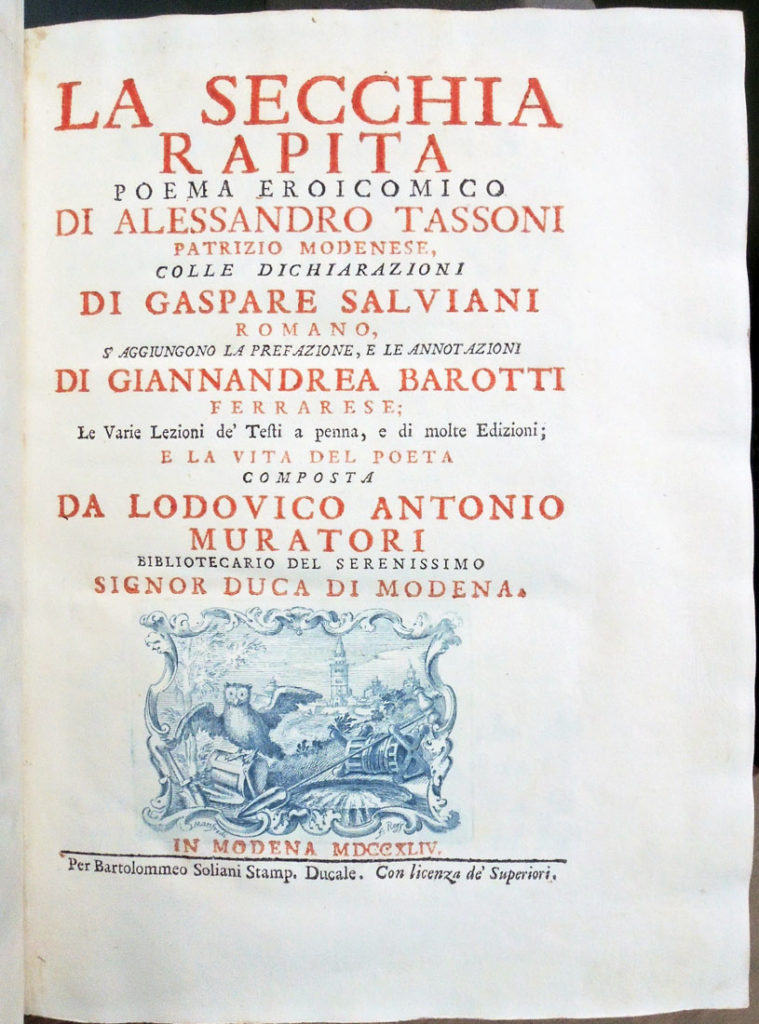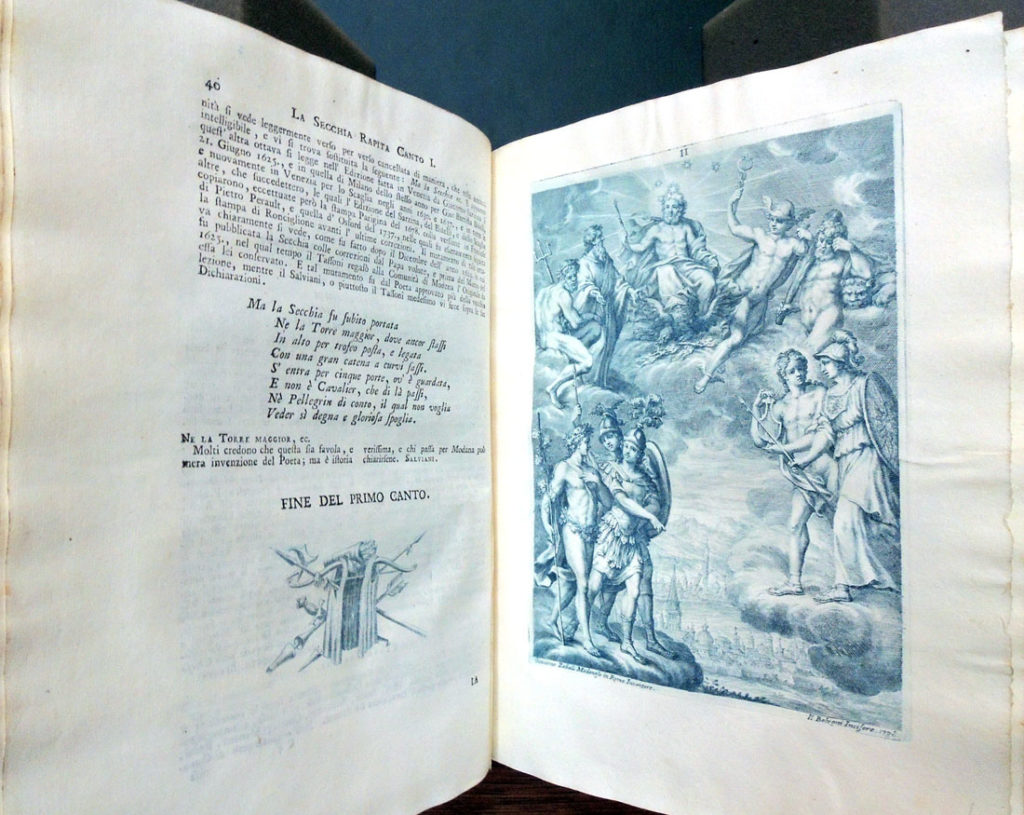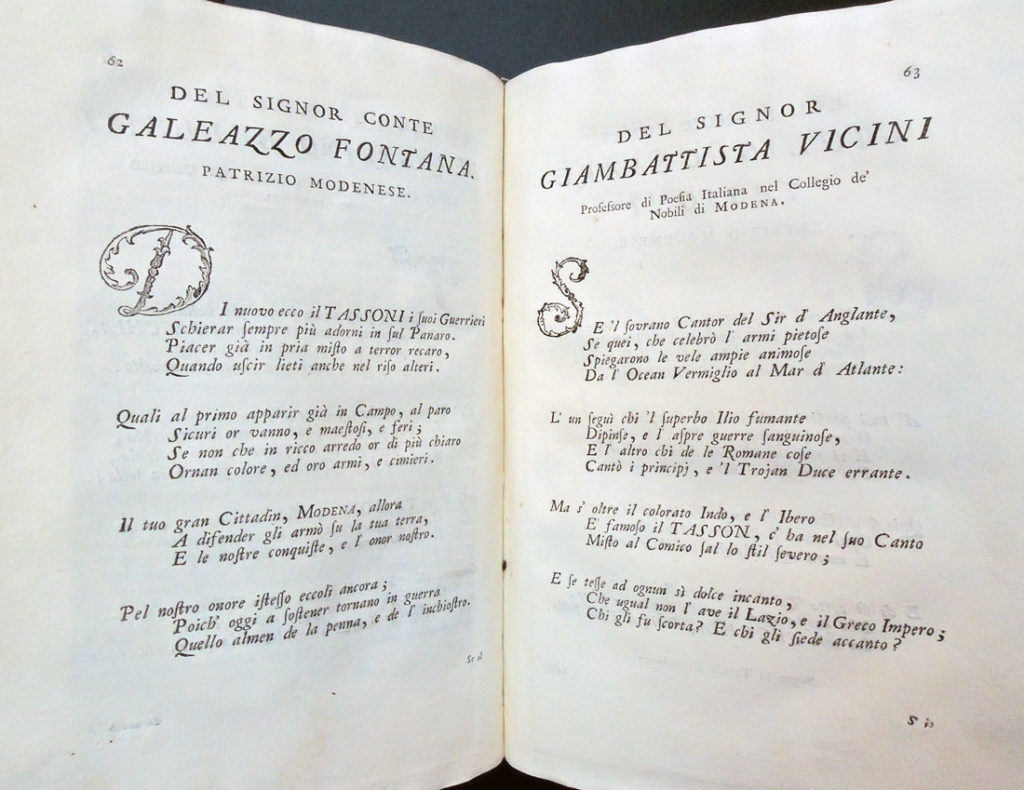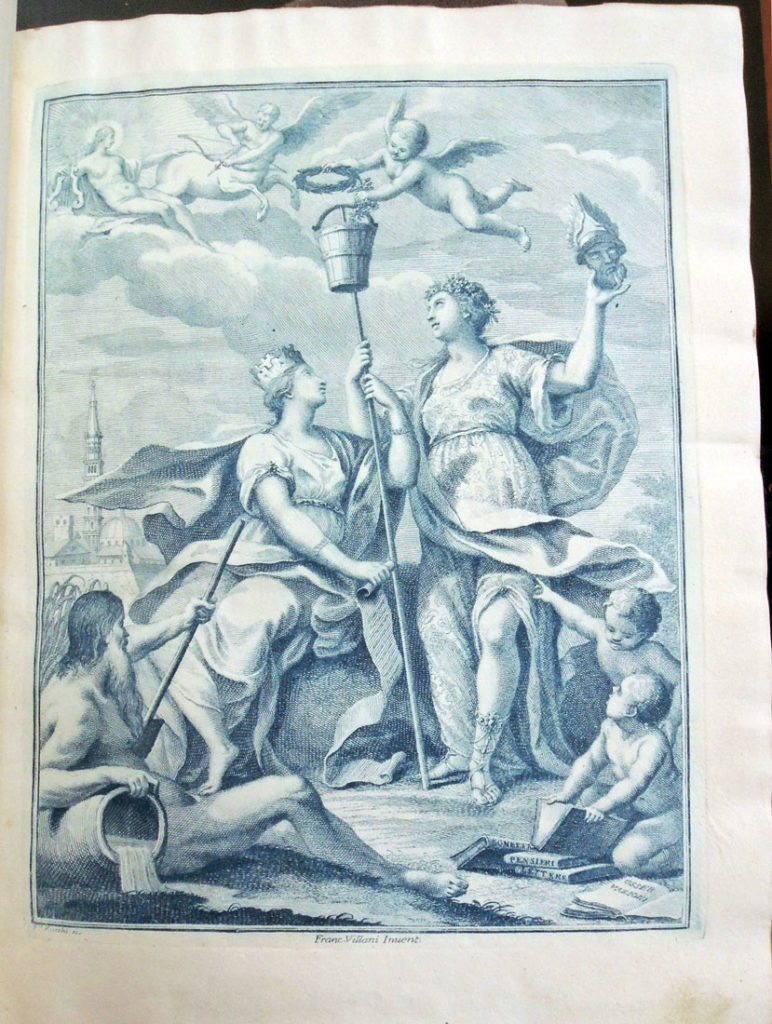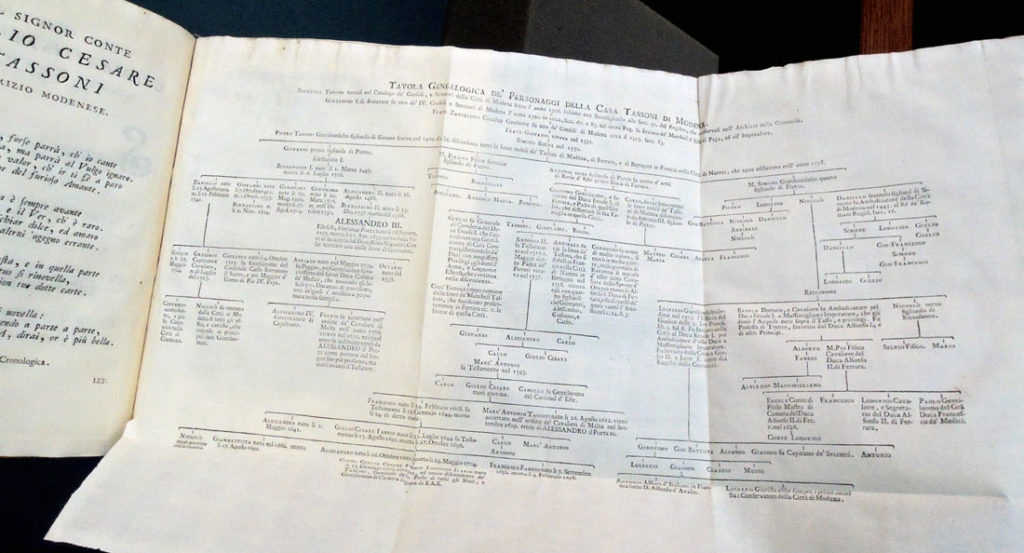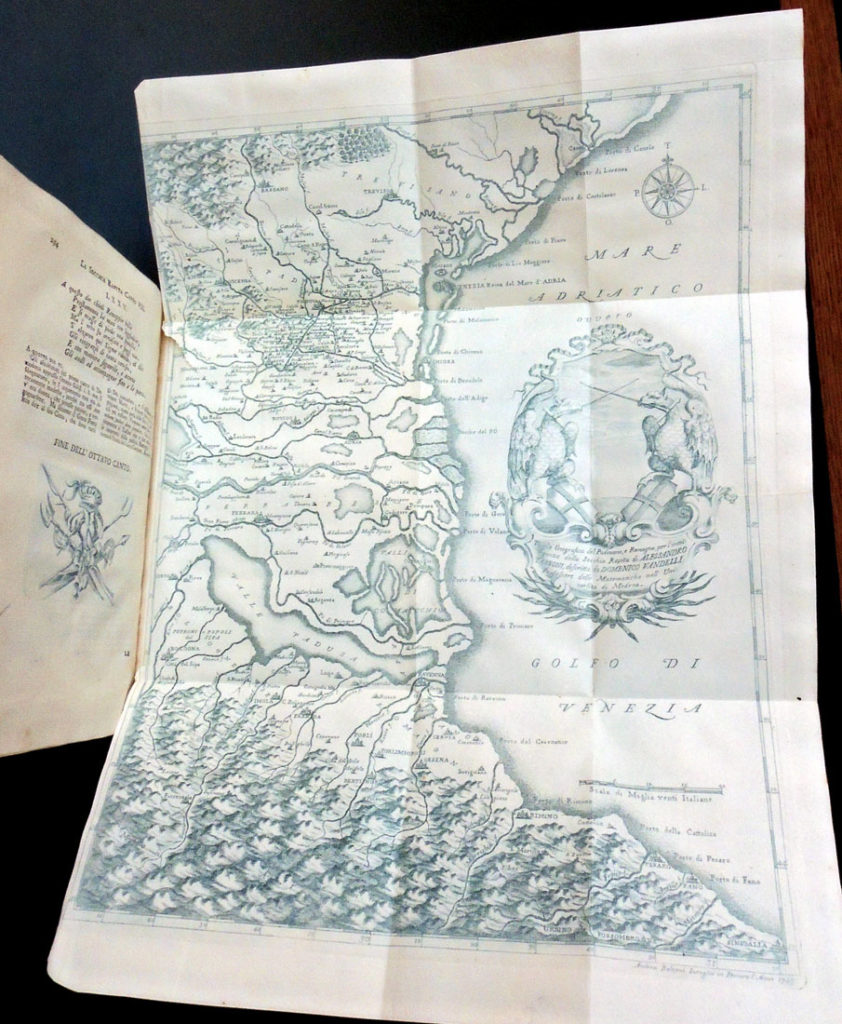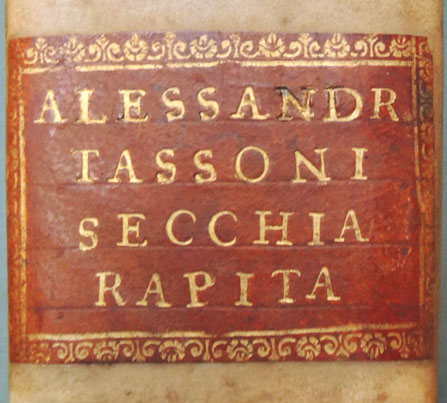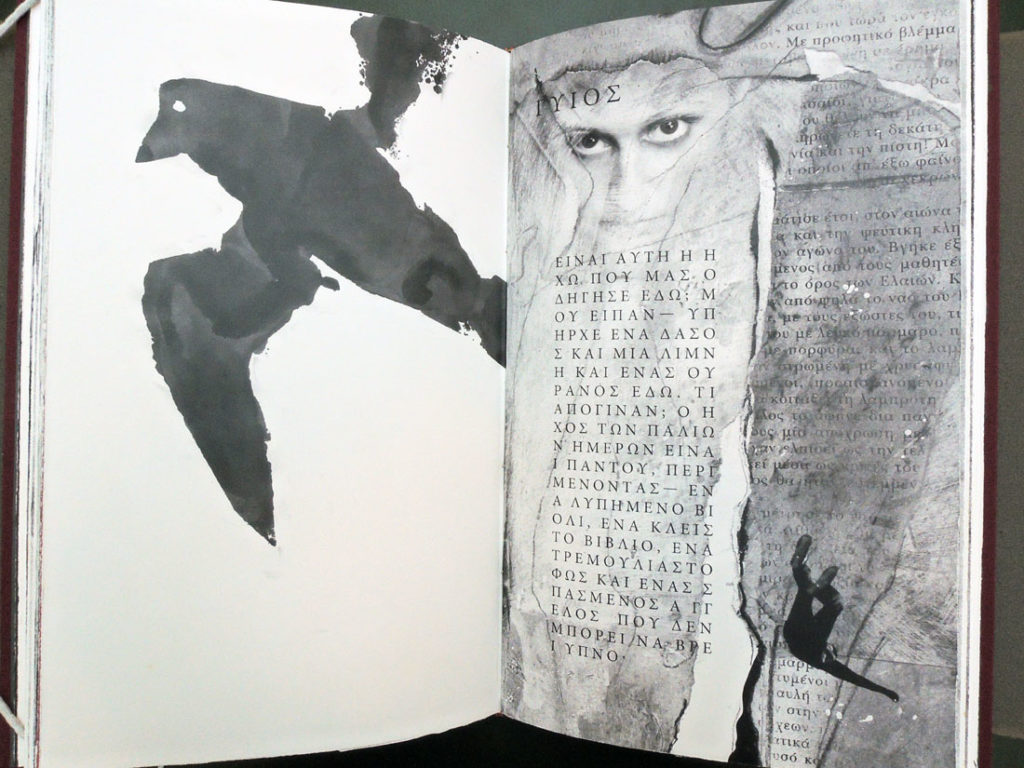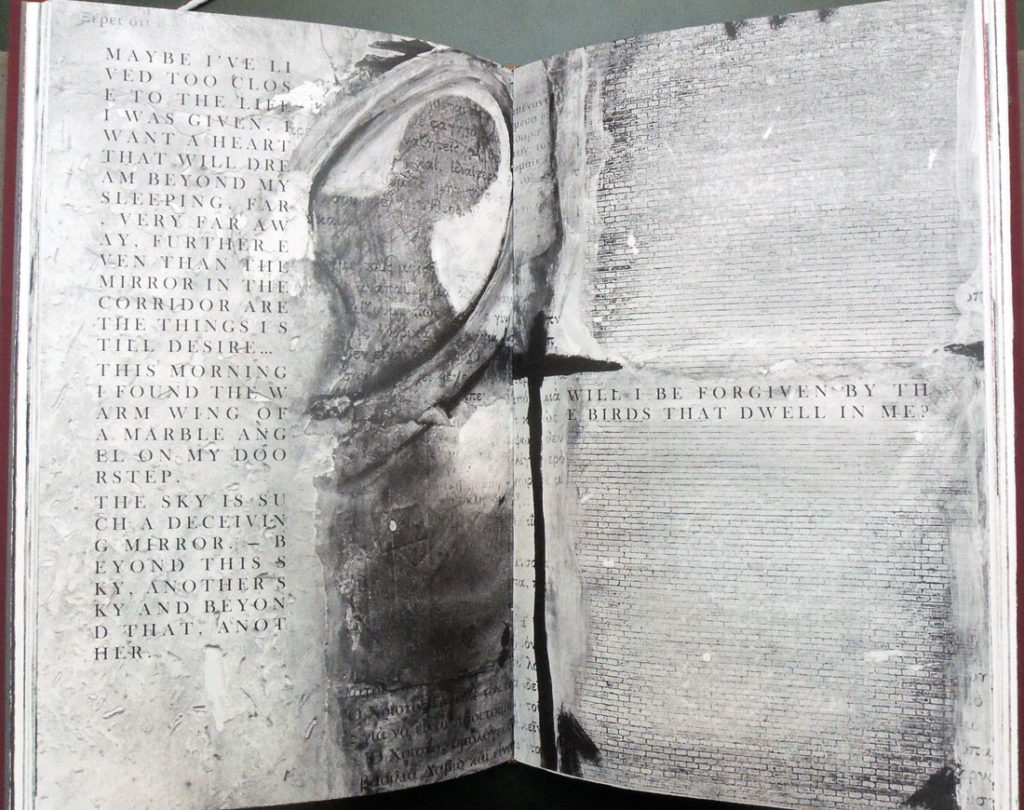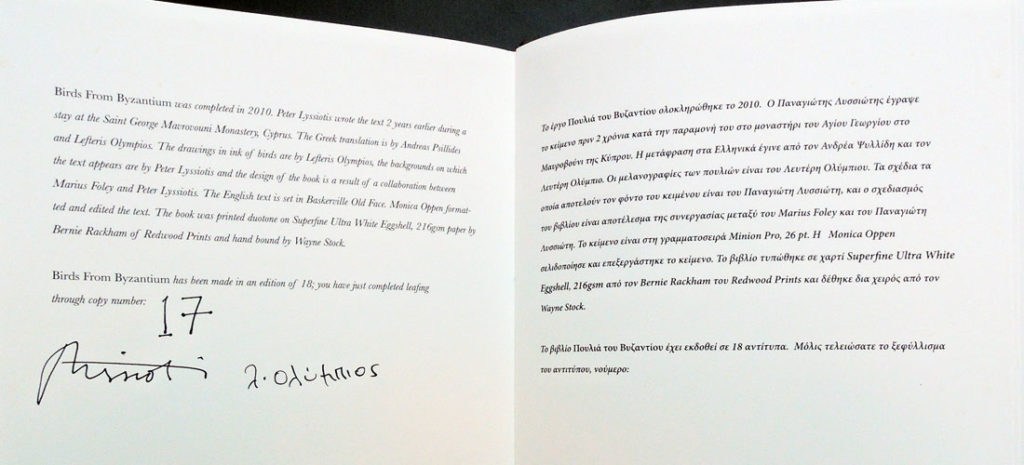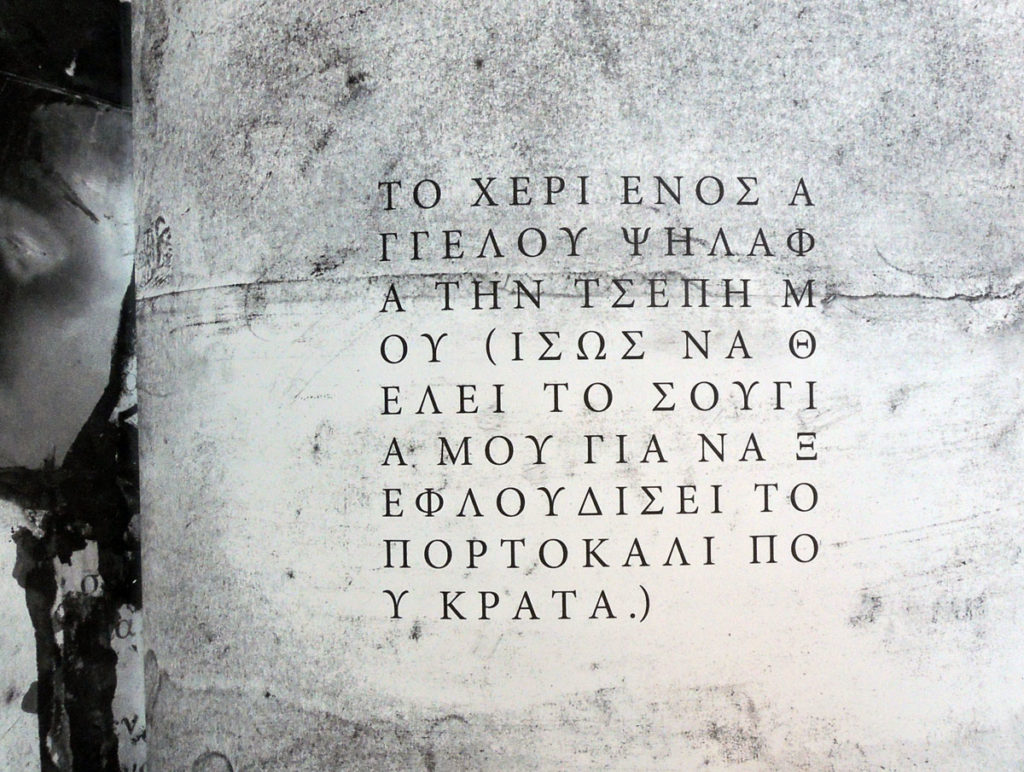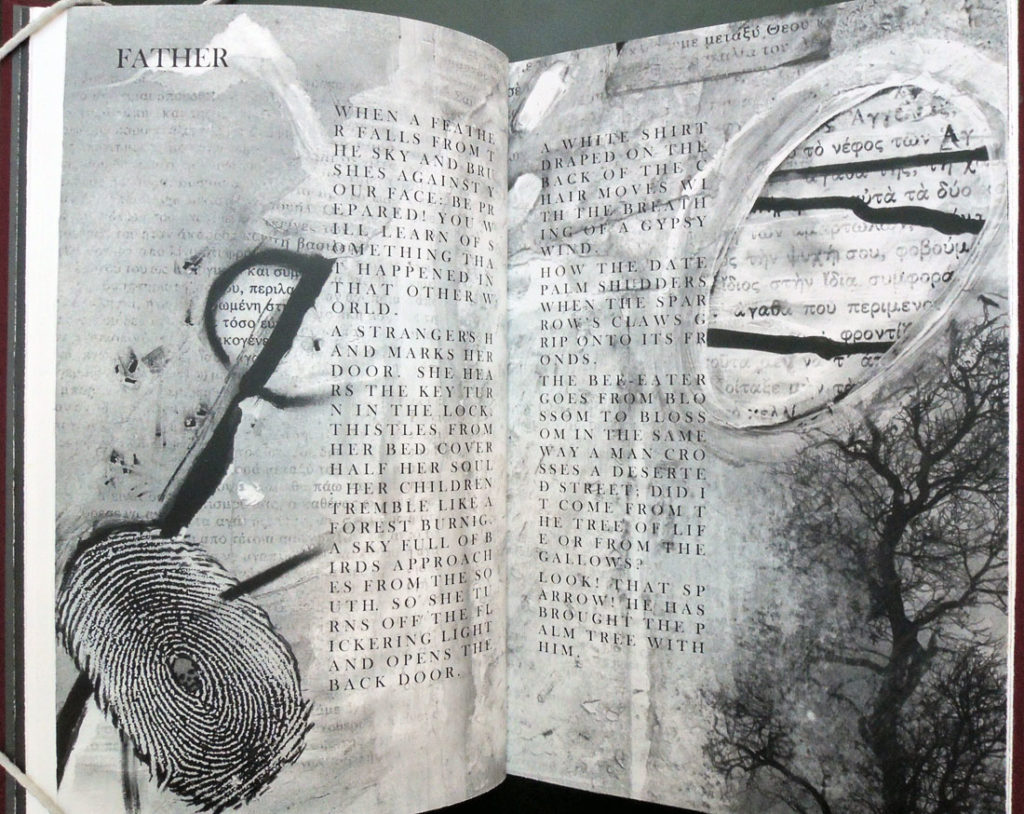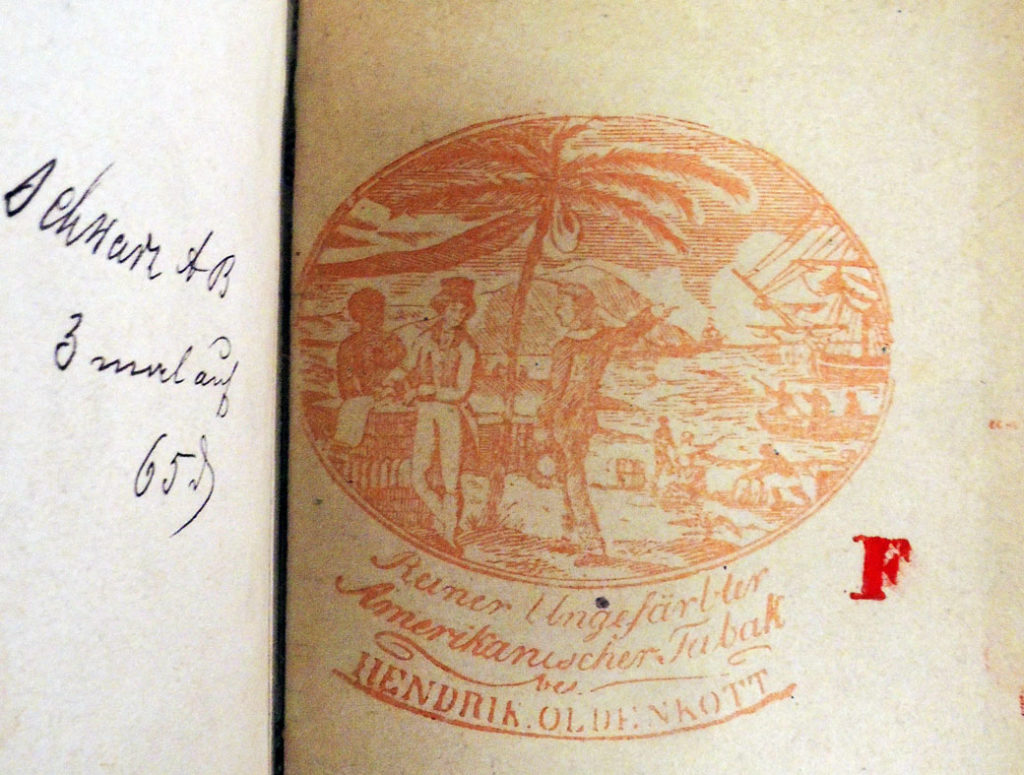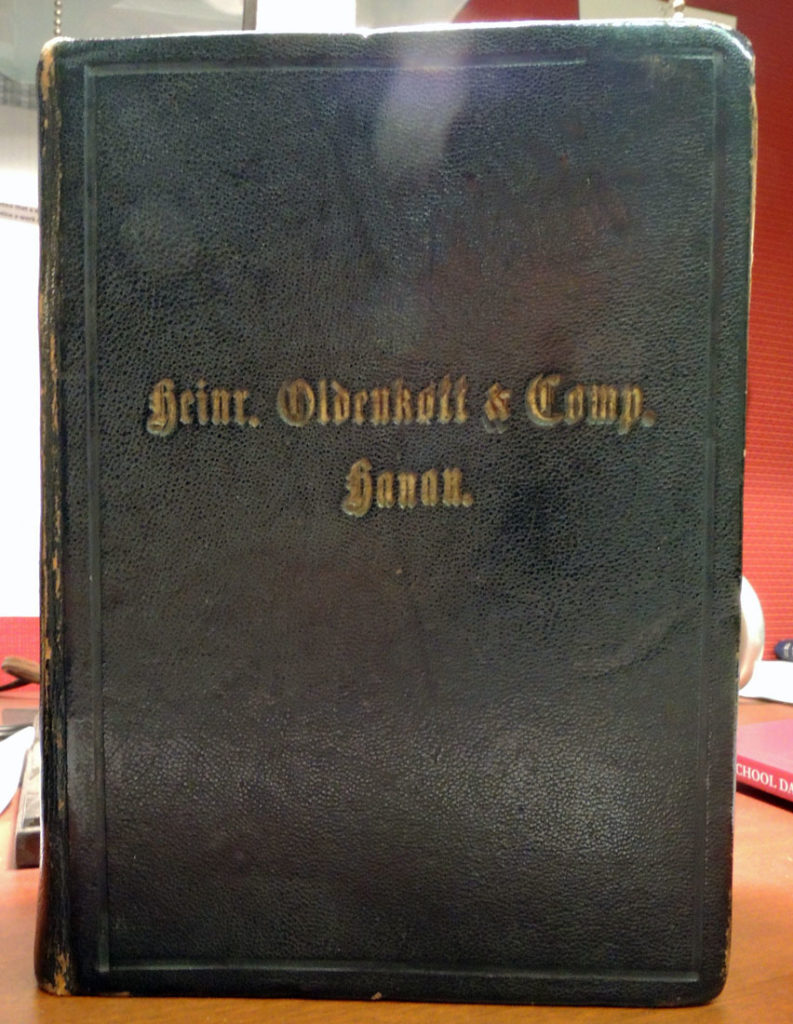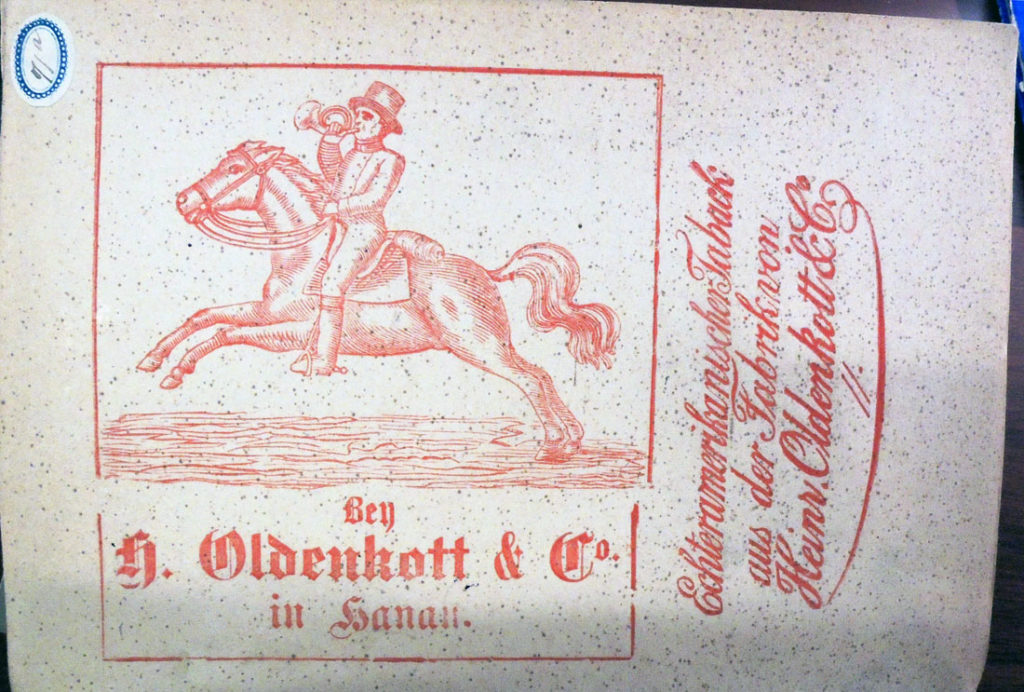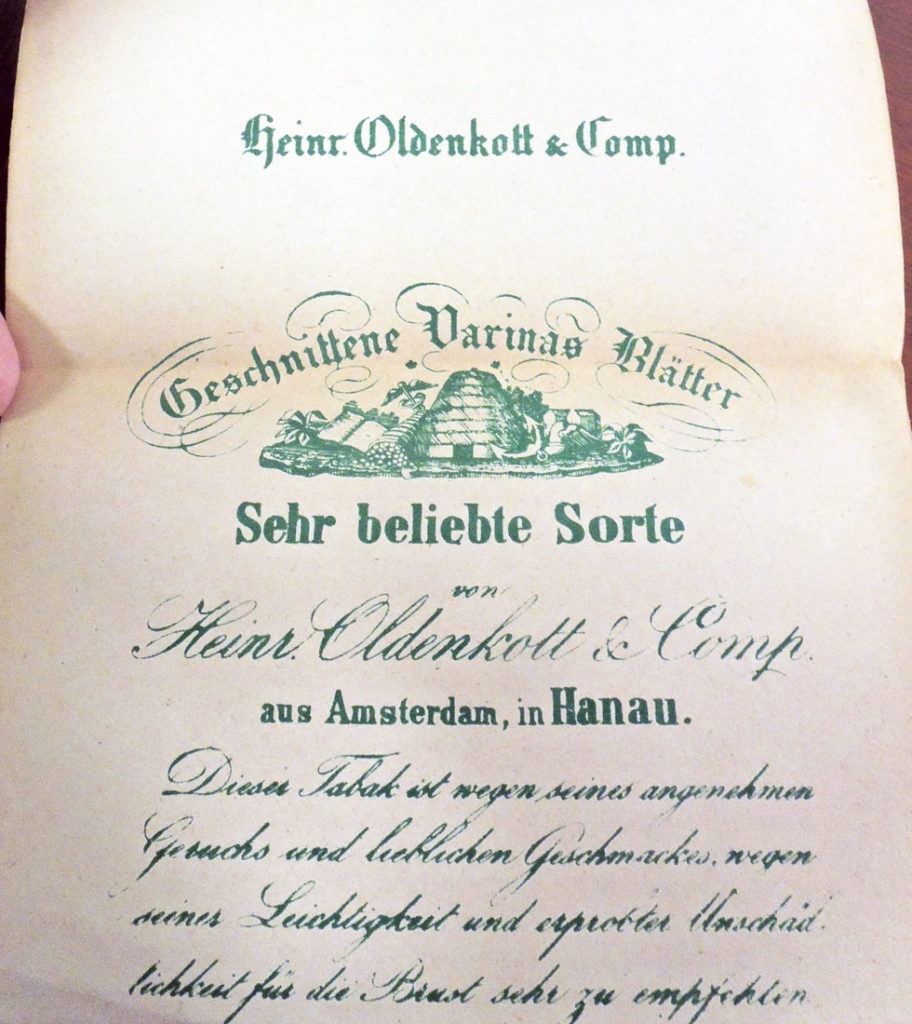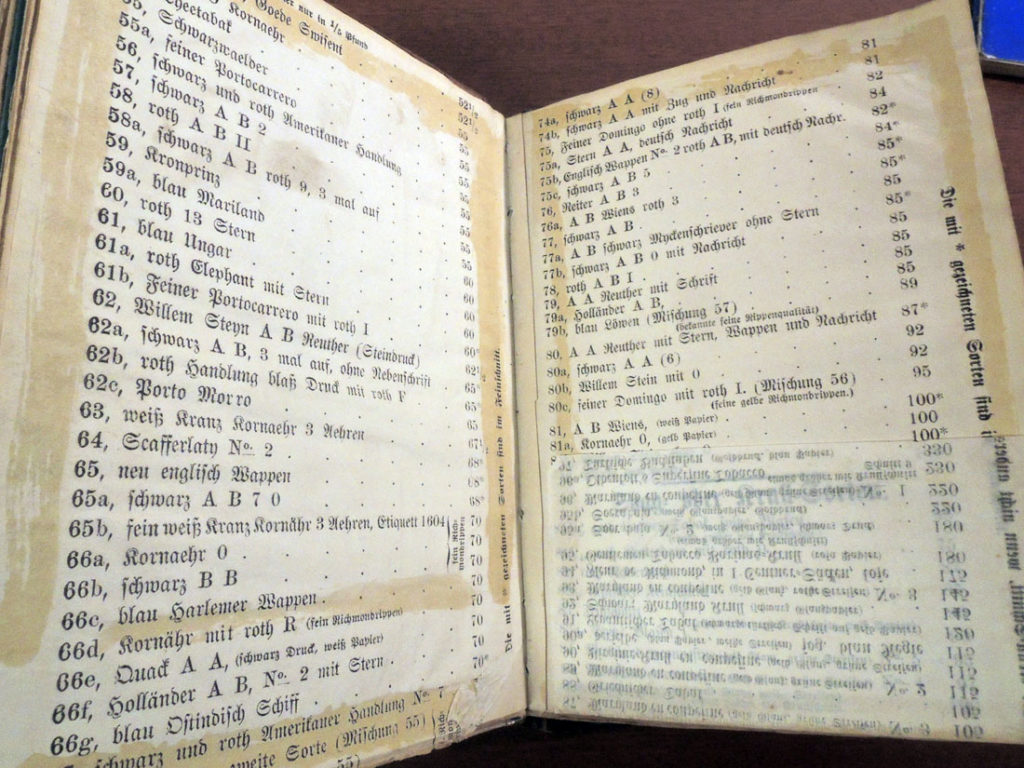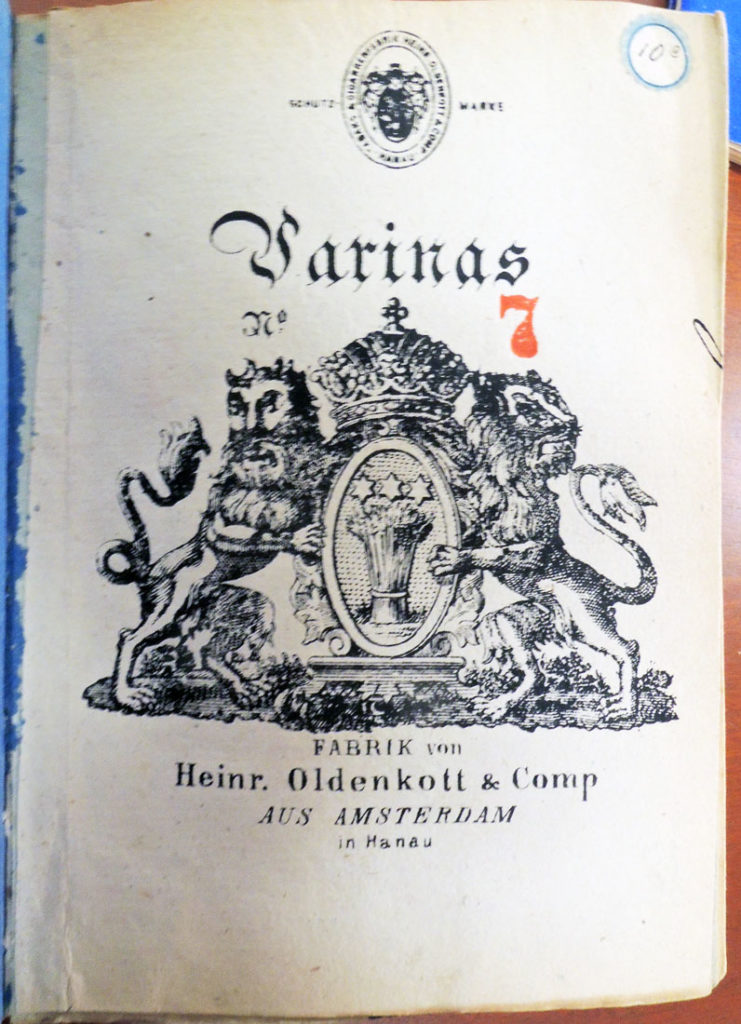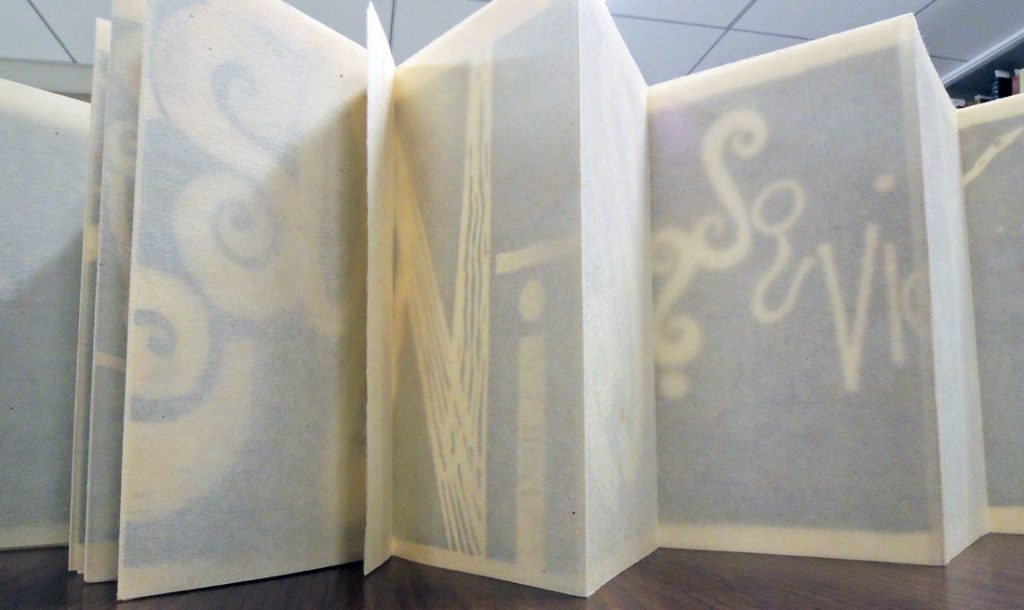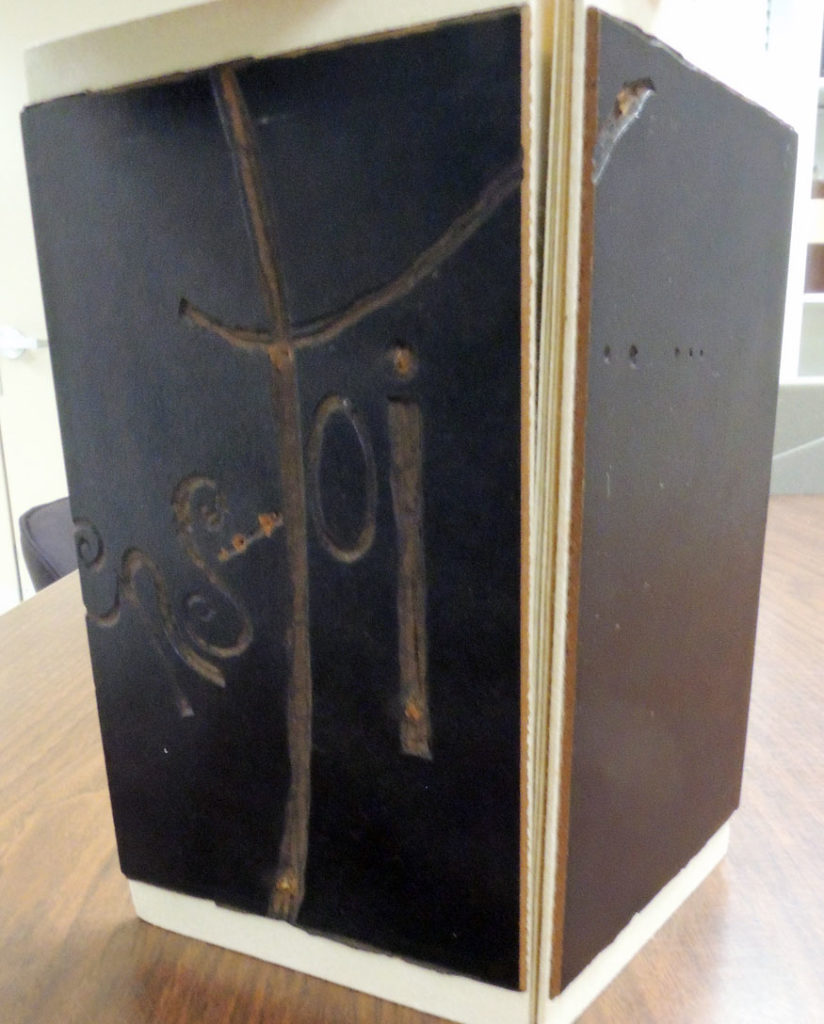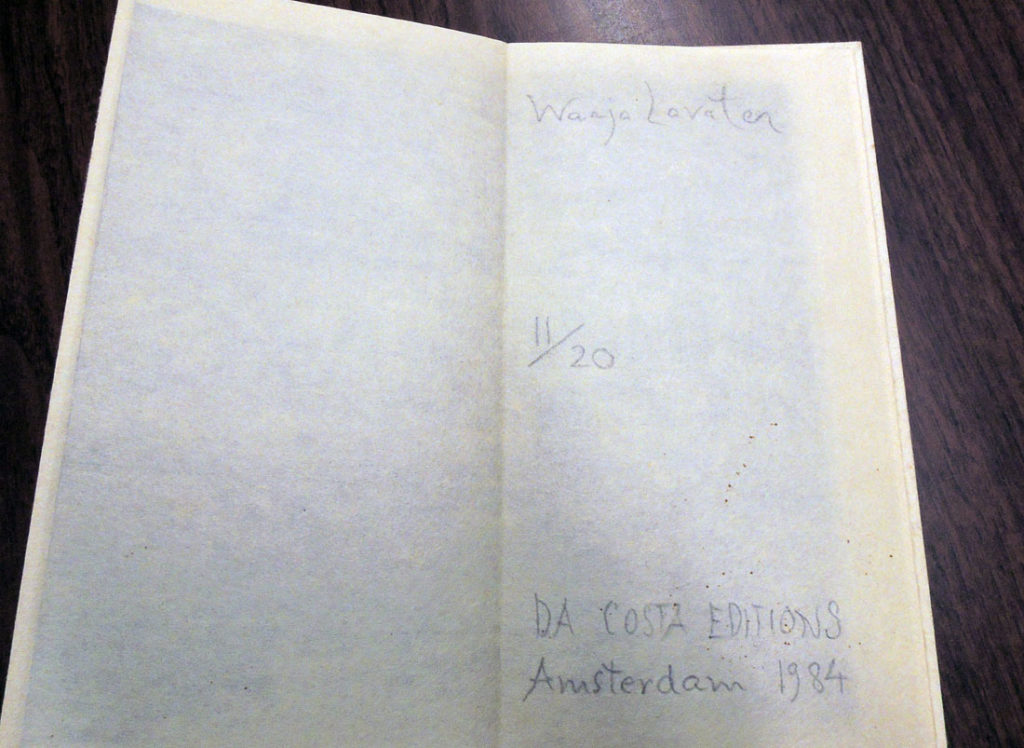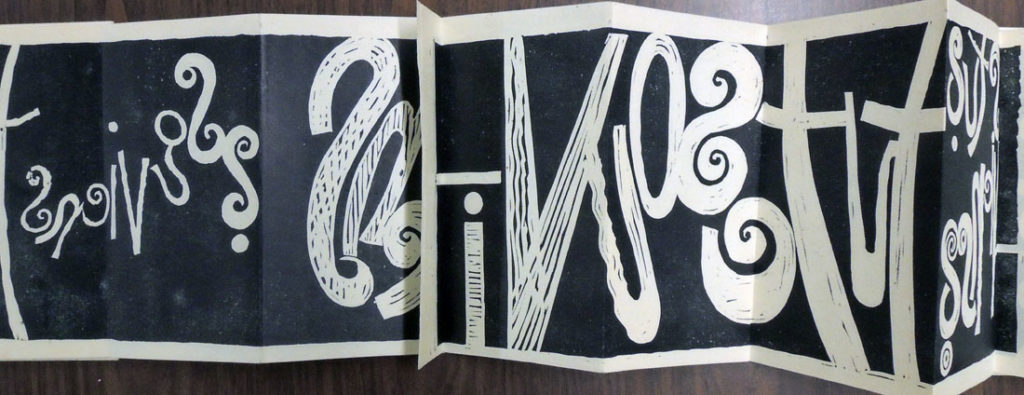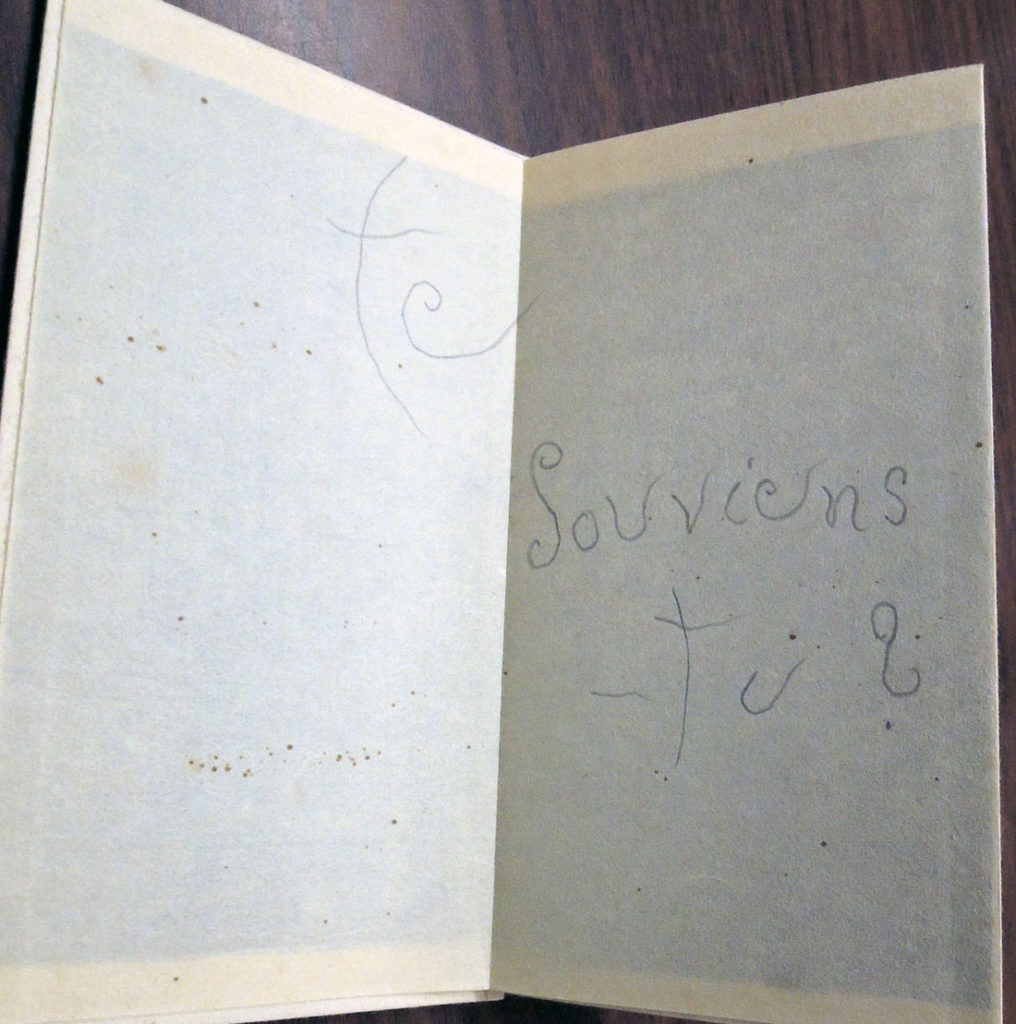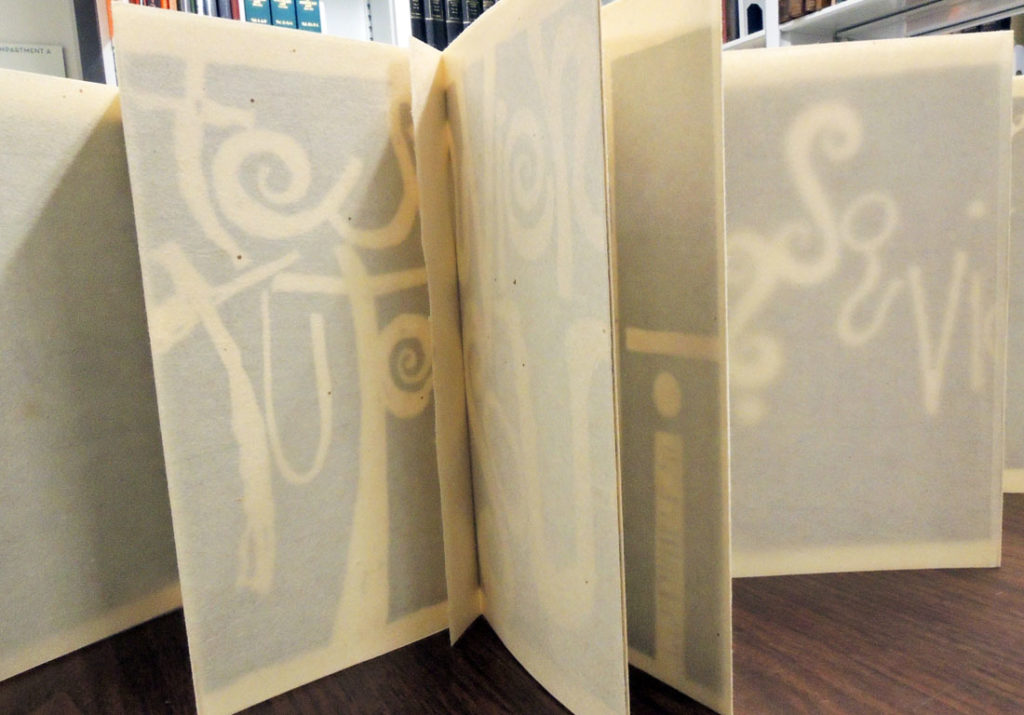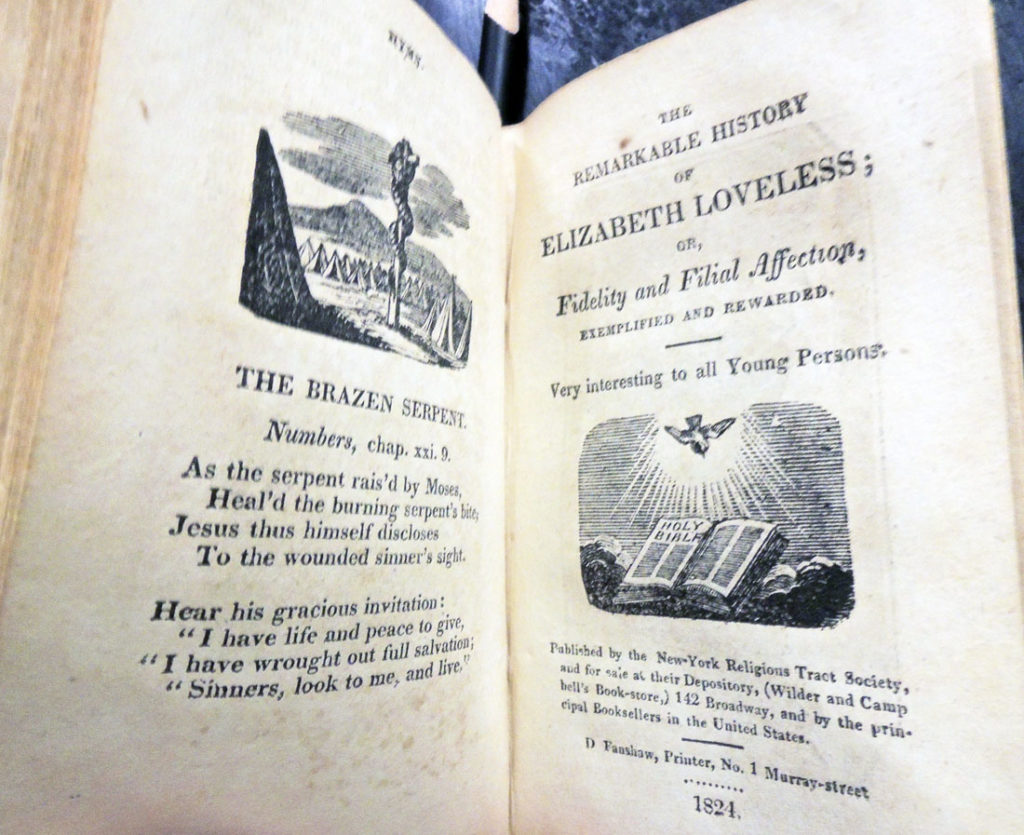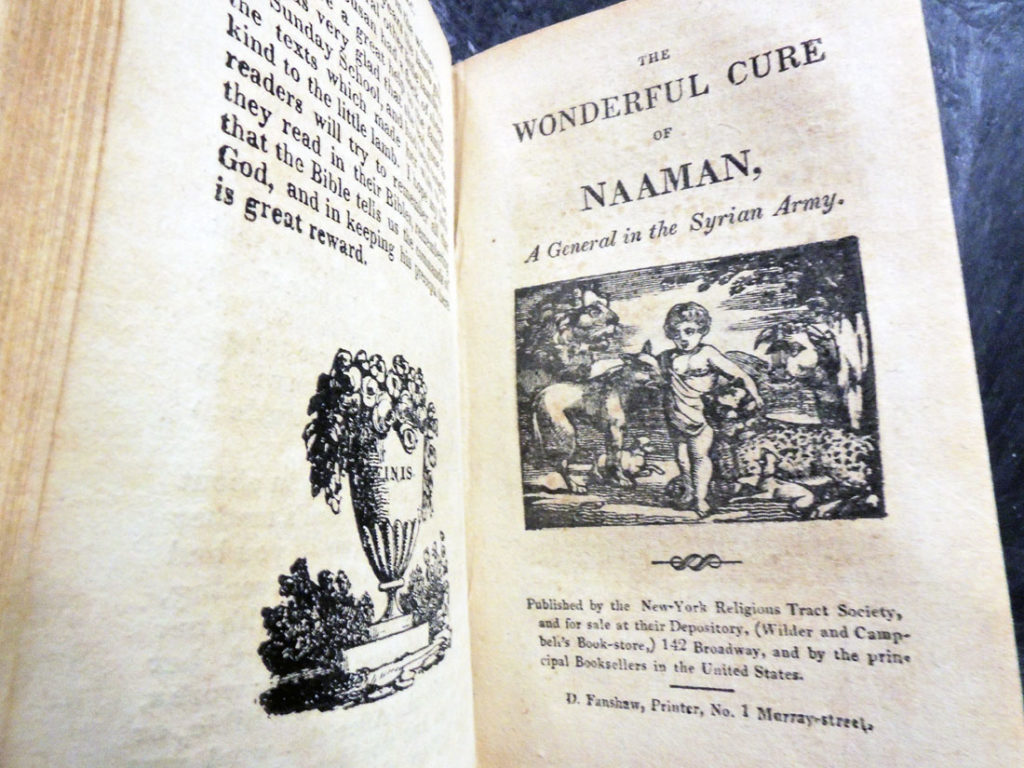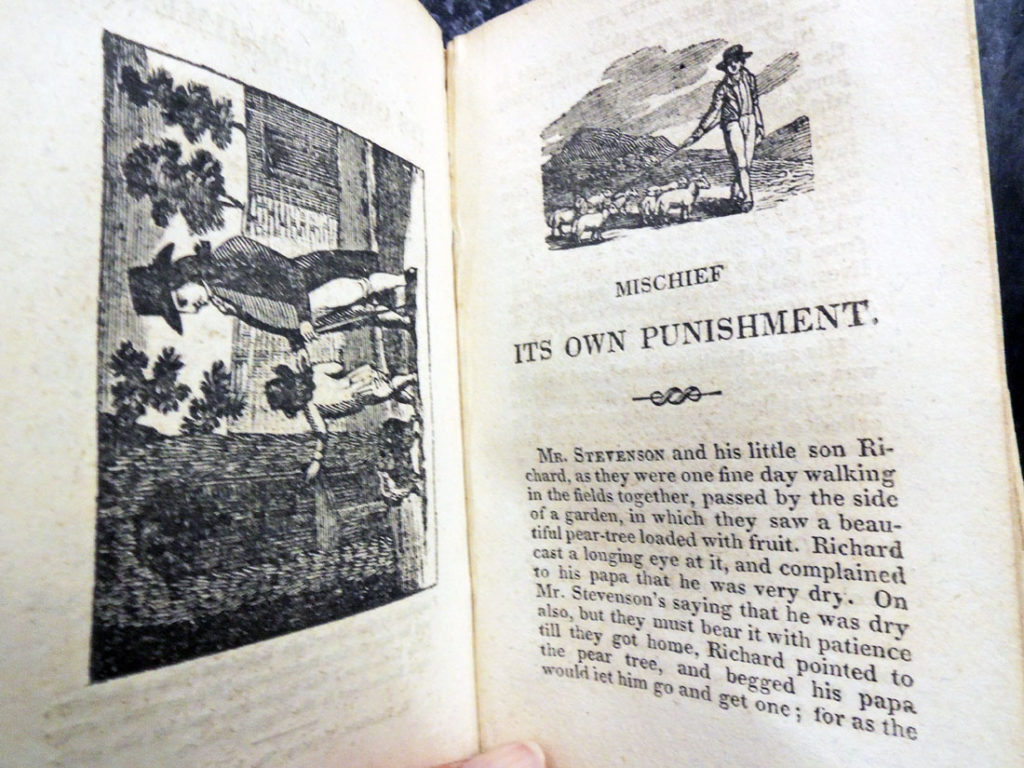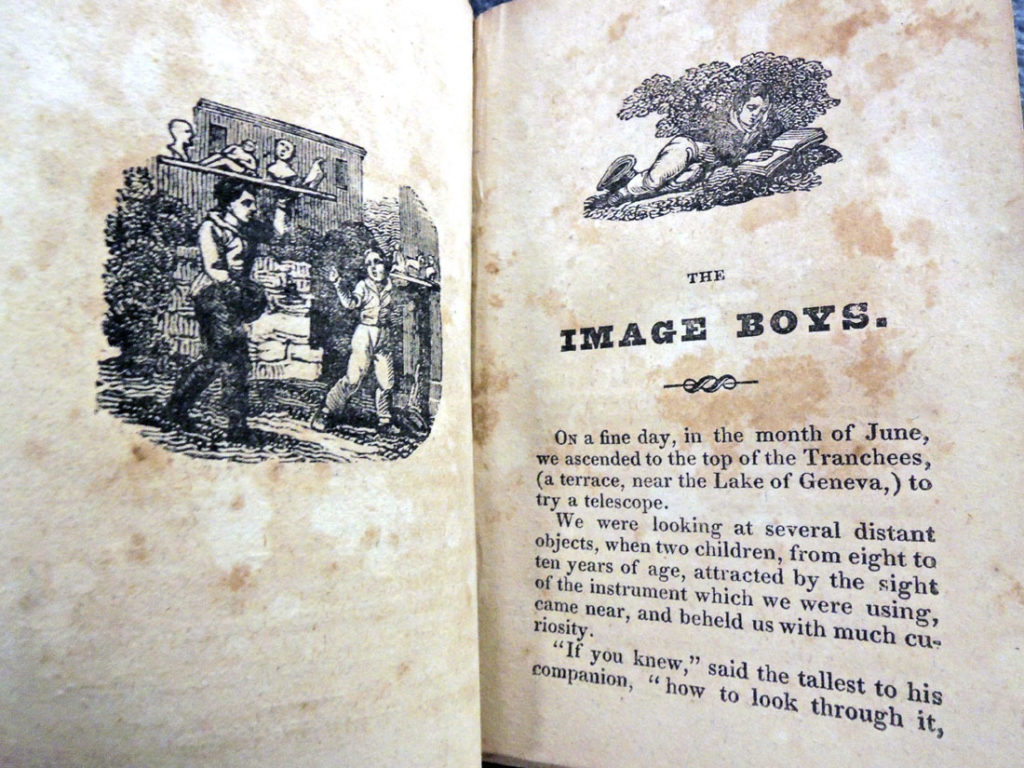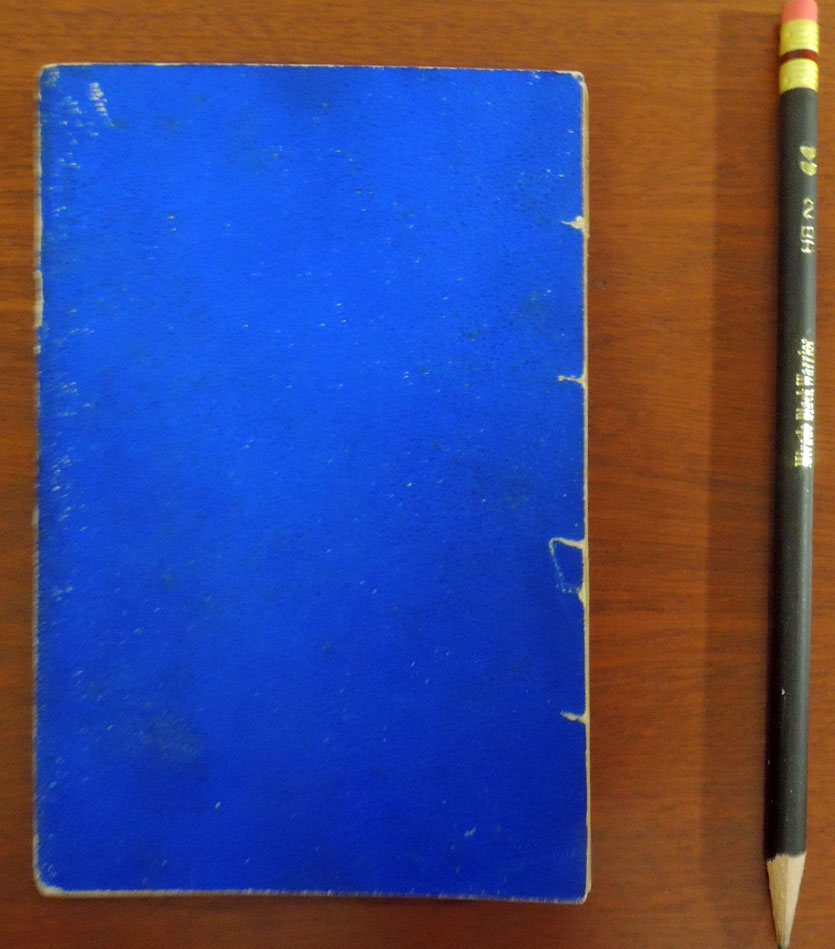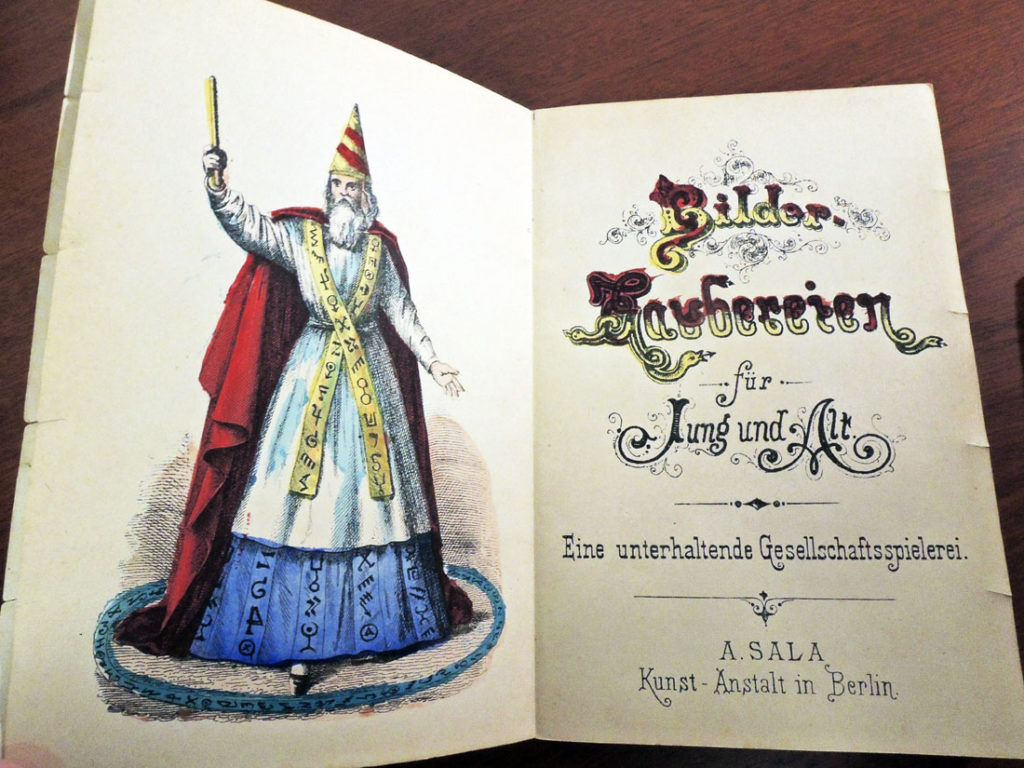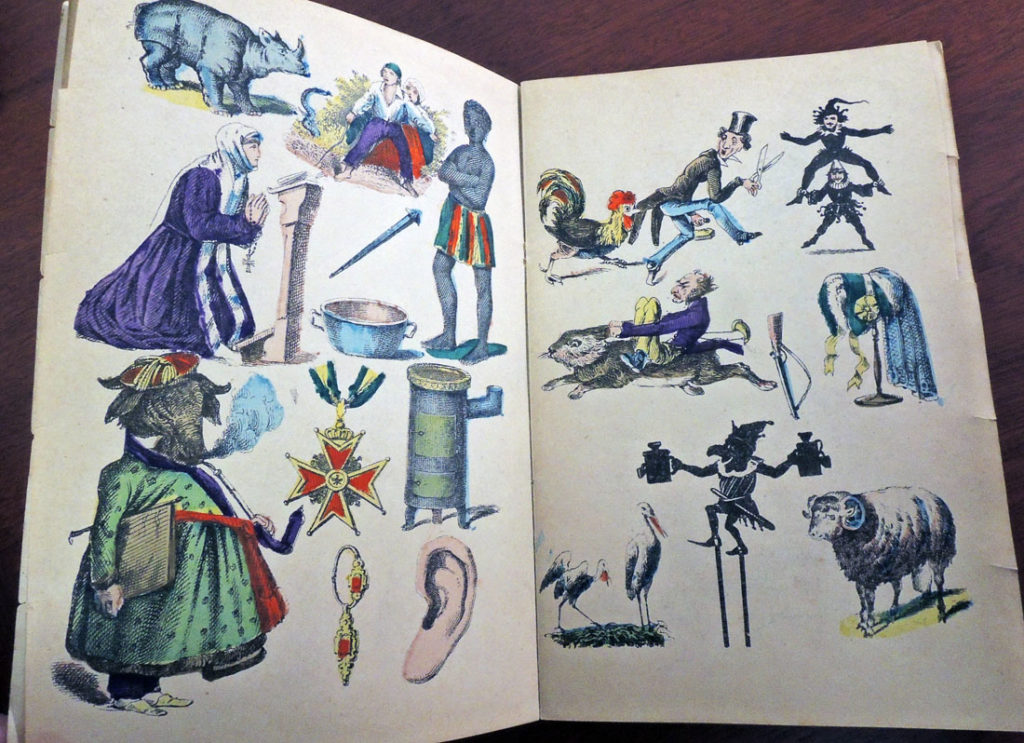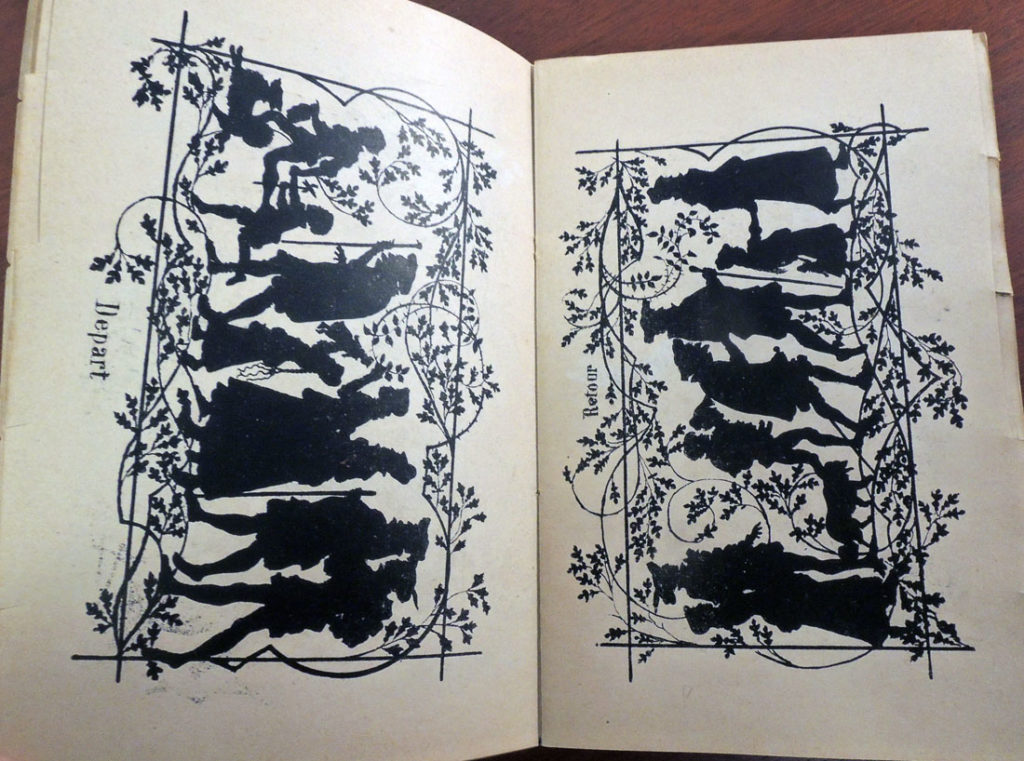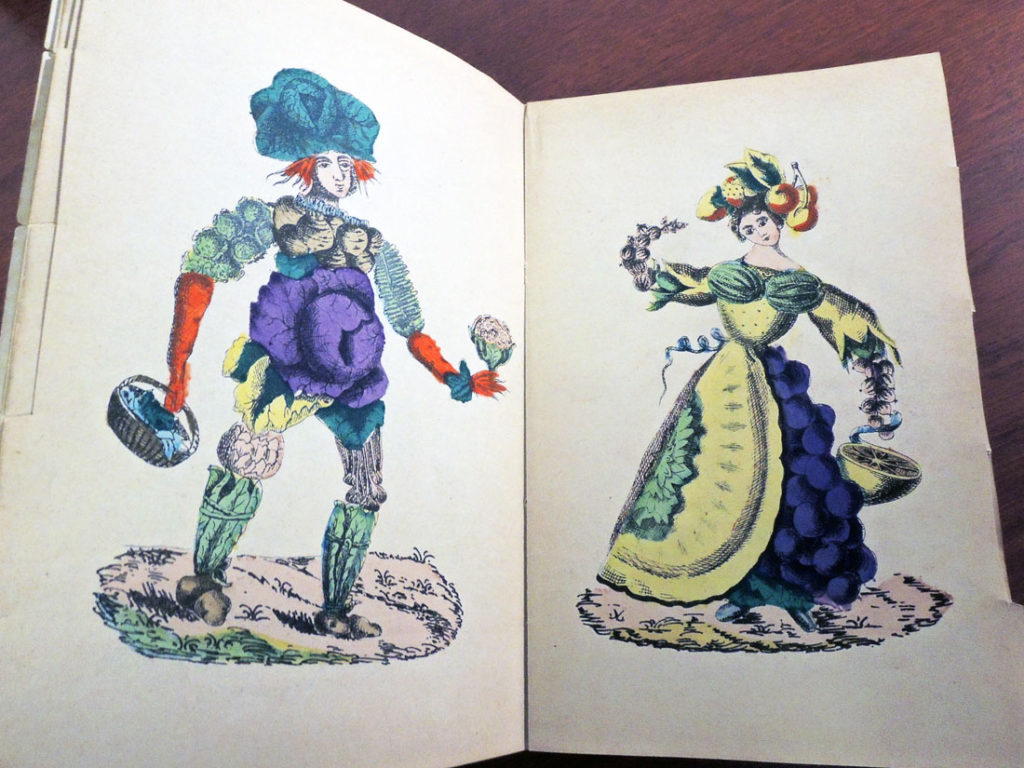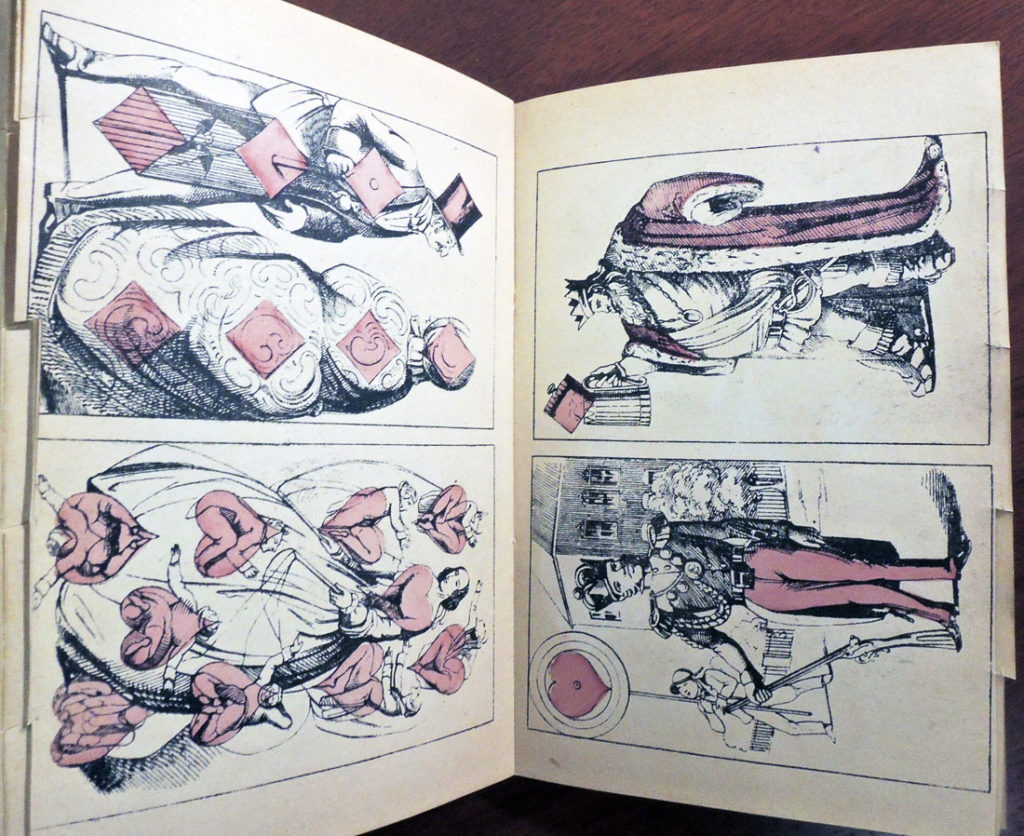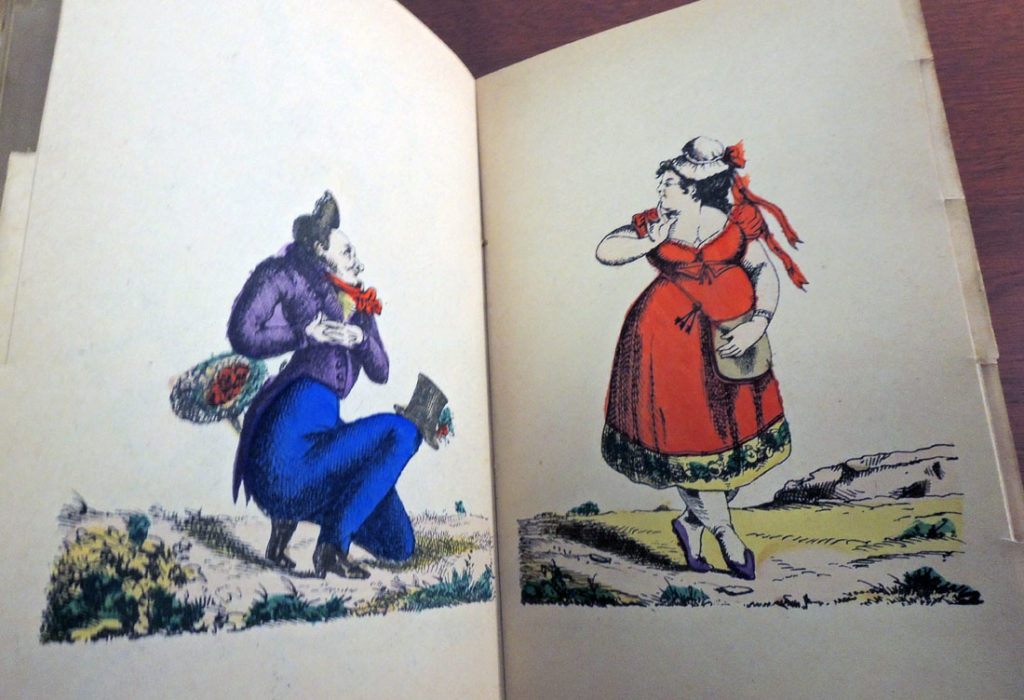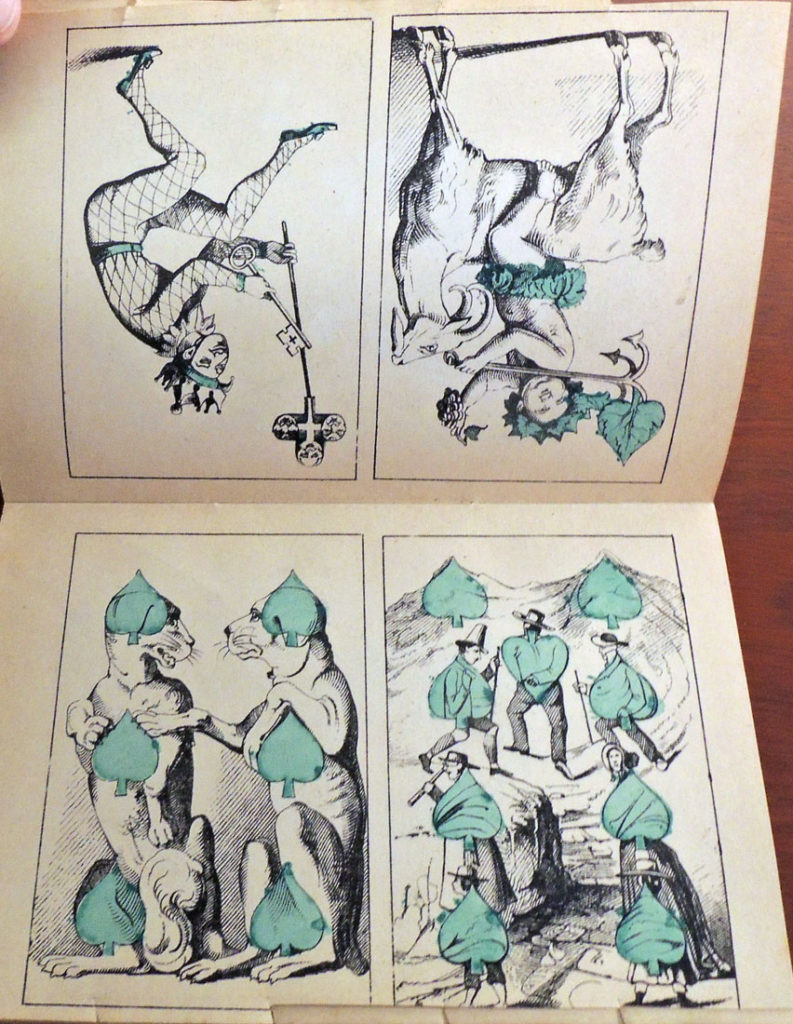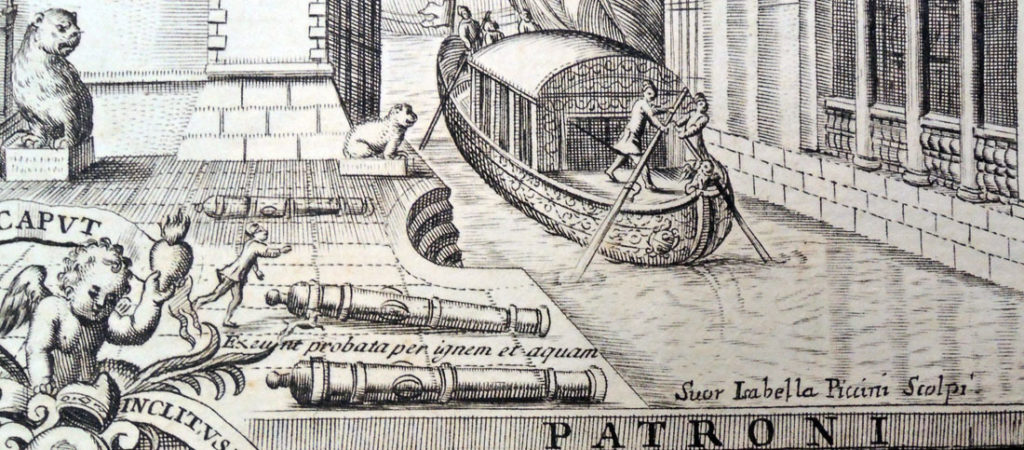 Detail “Suor Isabella Piccini Sculpi”
Detail “Suor Isabella Piccini Sculpi”
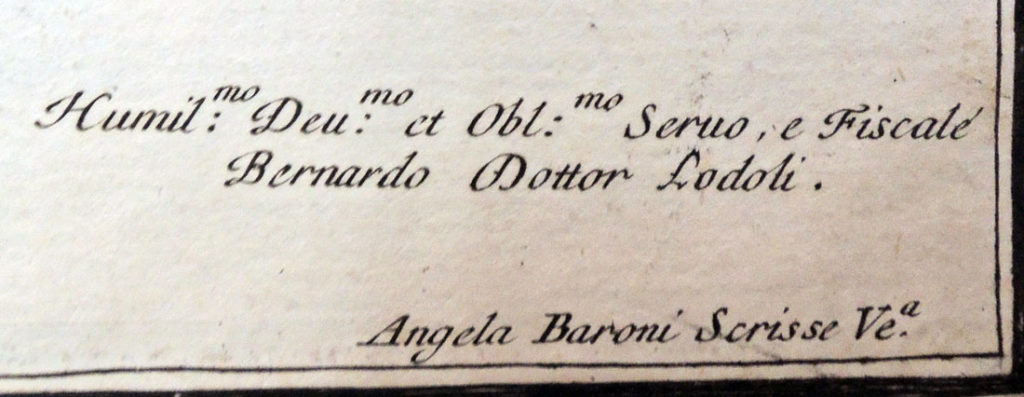 Detail “Angela Baroni Scrisse Ve.a”
Detail “Angela Baroni Scrisse Ve.a”
From: Bernardo Lodoli, Serenissimo Venetiarum Dominio ill[ustrissi]mo, et ecc[ellentissi]mo Arsenatus regimini Bernardi Lodoli … fidele votvm … ([Venetiis], [1703]). 12 leaves. Graphic Arts Collection GAX 2017- in process. Thanks to Gail Smith, Senior Bibliographic Specialist. Rare Books Cataloging Team, who worked out the description of this item.
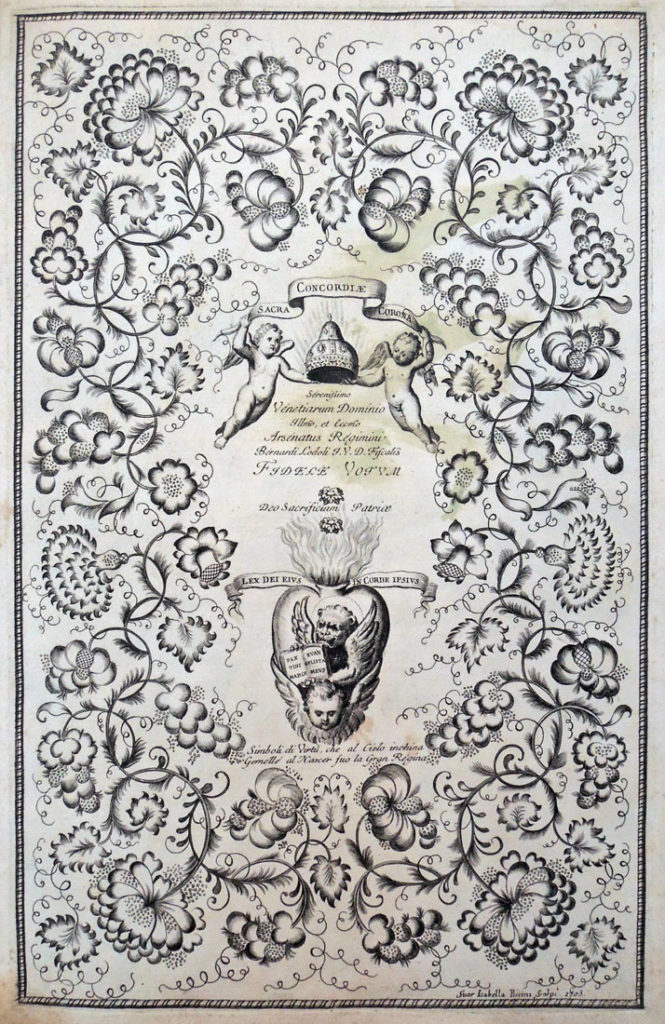 The Graphic Arts Collection recently acquired a rare all-engraved publication by two eighteenth-century female printmakers, Sister Isabella Piccini (1644-1734) and Angela Baroni (active 1700s), with text by Bernardo Lodoli.
The Graphic Arts Collection recently acquired a rare all-engraved publication by two eighteenth-century female printmakers, Sister Isabella Piccini (1644-1734) and Angela Baroni (active 1700s), with text by Bernardo Lodoli.
The bound compilation announces and endorses a forthcoming work, including its printed index and engraved title page.: Il cvore veneto legale formato dalla compilatione delle leggi … et altre cose notabili stabilite nel corso di cinque secoli per la buona a[m]ministratione … dell Arsenale di Venetia … Opera dal dottor Bernardo Lodoli … [Venezia] 1703. There are three full-page engravings and engraved title page by Piccini and “Cvore” title page; along with four leaves of text (one illustrated) engraved by Baroni.
For more information see: Morazzoni: Libro illustrato veneziano del settecento, Graphic Arts reference (GARF) Oversize Z1023 .M85 1943q, p.239.
Thanks to Eric White’s Bridwell Library exhibition “Fifty Women,” we now know “that Elisabetta Piccini (1644–1734) was the daughter of the Venetian engraver Giacomo Piccini (d. 1669), who trained her in the art of drawing and engraving in the styles of the great masters, particularly Titian and Peter Paul Rubens.
In 1666 she entered the Convent of Santa Croce in Venice and took the name Suor (Sister) Isabella. She continued to work as an engraver, accepting numerous commissions from Venetian publishers to illustrate liturgical books, biographies of saints, and prayer manuals. However, as a Franciscan nun dedicated to a life of poverty, she divided her earnings between her convent and her family living in Venice. Her long and productive career ended with her death at the age of ninety.”
For more, see the entry in the Enciclopedia delle donne: http://www.enciclopediadelledonne.it/biografie/elisabetta-piccini/
In this work, Piccini was partnered with Angela Baroni (active 1700s), who specialized in calligraphic engraving.
Piccini’s work can also be seen in: Missale Romanum : ex decreto Sacrosancti Concilii Tridentini restitutum, S. Pii V. Pontificis Maximi jussu editum, Clementis VIII. & Urbani VIII. Auctoritate recognitum ; in quo missæe novissimæ Sanctorum accuratè sunt dispositæ (Venetiis: ex Typographia Balleoniana, 1727). Graphic Arts Collection (GAX) Oversize 2012-0009F
Carlo Labia, Dell’imprese pastorali (Venetia: Appresso Nicolò Pezzana, 1685). Rare Books (Ex) Oversize N7710 .L12q
Carlo Labia, Simboli predicabili estratti da sacri evangeli che corrono nella quadragesima, delineaticon morali, & eruditi discorsi da Carlo Labia….(Ferrara: Appresso B. Barbieri, 1692).Rare Books (Ex) Oversize N7710 .L122q

